|
Oil painting can be daunting to explore because there's so much information and insider jargon that can be difficult to decipher. However, it doesn't have to be hard to get started; with the correct info on supplies, you'll be able to effectively oil paint easily in no time! This post will be organized in a True or False format, presenting common misconceptions about oil painting and providing the correct information for each statement. This format lets you quickly skim and get a good idea of where to start or take your time to learn more in-depth. Before we get into it, some terminology in this post that is specific to art can be a little confusing, like the word "medium." I could explain it, but this article from ThoughtCo explains it in a really concise way, and I couldn't have written it better myself! Now let's dig in! TRUE: THERE IS A LEARNING CURVE TO OIL PAINTINGOil paint is very different than other common painting mediums like watercolor, acrylic, and tempera. Oil paint on its own is a very thick paint that is great for texture, but with the right mediums it's creamy, smooth, and pigmented. One of the best things about oil paint is how far it can go when using mediums. Because of its creamy texture, it spreads out very nicely and dries substantially slower than acrylic paint—think hours to months depending on how thick the paint is and if mediums are used! This means you'll have more time to play around with your blending before the paint sets, making gradients a breeze. Sometimes oil paints' slow drying time can make things tough, though, especially if you like painting in a more graphic or color-block style you may have a little bit of trouble because wet paint on wet paint can get muddy really fast. TRUE: PAINT IN A WELL VENTILATED AREAWhile oil paint is much safer to use than it used to be, it still has substantial fumes, so using it in a well-ventilated area is not just wise, it's essential for your safety! Plus, if you're like me and you're sensitive to smells, you may want to get a fan going or paint by an open window. These simple measures can make your painting experience more comfortable and safe. TRUE: CLEAN UP CAREFULLYAs discussed in our previous section, oil paint isn't the safest to breathe in an enclosed space for extended periods; that also means it's not great for skin or water pipes, so you may wonder how you're supposed to clean up after a painting session. There are two easy ways to clean up! 1. Wear gloves while you paint to avoid skin exposure. 2. Use Odorless Mineral Spirits or Linseed Oil to clean your brushes well; when all visible oil paint is off the brush(you can see more clearly by wiping your brushes on a paper towel), you'll want to wash it thoroughly with dish soap or Brush Soap! TRUE: OIL PAINT TAKES A LONG TIME TO DRYEspecially in comparison to acrylic paint, oils take ages to dry. It can take anywhere from days to months, depending on many factors. You can speed up the process by getting a painting medium like Liquin and Galkyd and Linseed Oil that you'll mix with your oils as your painting. Or if you haven't gotten started with using mediums, drying your painting in direct sunlight will speed up the process substantially, so setting it up to dry facing a window is definitely the way to go! FALSE: OIL PAINTING ISN'T FOR BEGINNERSOne main reason this is absolutely true is that acrylic paint didn't exist until 1934! Before that time, everyone had to learn to paint with either watercolor or, of course, oil paint. Additionally, it took a lot of work to find the exact paint colors you wanted to work with for many reasons. Pigments were too expensive, rare, or even toxic. So, if they could do it, you definitely can! The processing for oil painting has come so far in the last century; we now have safe, synthetic pigments that perfectly match older toxic or rare pigments of the past, we have new pigments that never could've been dreamed of before, and we have new mediums and varnishes that age and work better than ever before. We also have the internet, the most valuable resource for new oil painters. The internet is a treasure trove of tutorials, tips, and resources. If you want to learn a new technique or research a new medium, it's only a click away! FALSE: YOU SHOULD START WITH THE PRICEY PAINTSOne of the biggest lies in art is that you need the most expensive, fancy supplies to make good art. But I argue that starting with lesser-quality supplies will make you a better artist! Suppose you can learn to work with the most basic supplies and their problems (less pigment, grittier textures, etc.) and still make fantastic art using them. In that case, you will be unstoppable with higher-quality paints! If you need more persuasion, it's also better to only invest a little bit of money into a new medium in case you don't like it. This way, you can experiment with different mediums without feeling guilty. As an artist, you're not going to enjoy every medium you try, but you should always be willing to try new things and see where your creativity takes you! FALSE: YOU NEED TONS OF MEDIUMSMediums or additives are just that—additions! Mediums aren't a requirement to paint well with oils. In fact, I wouldn't recommend getting any aside from the three I mentioned earlier simply because those are fantastic, basic mediums that won't overcomplicate your painting process! Once you're more familiar with oils and have begun to unlock your 'style. ' Then, you can use that style as a jumping-off point for any additional mediums you may need, whether you want to make your paint thicker, creamier, matte, etc. FALSE: OIL PAINTING IS EXPENSIVEThe incredible thing about being an artist in the 21st century is that there are all sorts of great supplies for a wide range of budgets that will still give you excellent results. One such example is the Blick Studio Oil Paints. These paints are an incredible value, offering a good balance between quality and affordability. We even use them in our studio for classes and private lessons, and they consistently deliver outstanding results. You can also have a limited assortment of brushes to cut down on unnecessary expenses. If you need help deciding on your brushes, check out our post, Paintbrushes Every Artist Needs In Their Arsenal. As a general rule, you should also go for oil-specific or stiffer mixed media brushes, as oil paint is a very dense paint! ONE FINAL NOTENow that you know the basics of oil painting, the last thing I recommend is watching loads of videos of artists using oil paints. I recommend this in particular because most creative people are visual learners, so of course, seeing artists working in real-time and seeing how they use their paint, brushes, different mediums, and techniques will help you learn! Don't limit yourself to watching people paint in styles you like most either; expand that a bit because you never know when you could learn a whole new technique! Here are some great videos for a starting point! The Basics Of Oil Painting by Alpay Efe OIL PAINTING TIMELAPSE II "Blossom" by Daria Callie HUNGRY FOR MORE PAINTING KNOWLEDGE?We have just the thing! For an amazing introduction to understanding art fundamentals like value, contrast, color theory, color mixing, and more, check out our Foundations Studies curriculum. Our at-home art lessons will implement acrylic paint, but these foundational skills will translate into any variety of painting or drawing! BRUSH UP ON MORE ART TIPS!
0 Comments
Getting into painting can be daunting for all kinds of reasons, whether you've never done it, haven't done it since you were a kid, aren't sure what supplies you need, etc. You may have many preconceived notions about art that can get in the way of expressing your creativity!
That's where we come in! Our painting kits have the essential supplies you'll need to get started and create your masterpiece. All of our canvas painting kits come with soft-body acrylic paint in all of the colors you'll need, paintbrushes, a pre-sketched canvas, and a full-length video tutorial, so even if you don't choose your first project from this list, all of our painting kits are great for beginners! Whether you need gifting ideas or want some ideas for yourself as a good starting point for a new painting hobby, we've got plenty of variety for you! So, without further ado..... OUR TOP 10 PAINTING KITS FOR BEGINNERS!
What's so special about these picks? Well, there are a few things that set them apart! For one, while all of them have some blending, it's very straightforward blending because the colors you'll be blending with are very similar to each other, i.e., green and yellow or a darker and lighter version of the same color; this will help you a lot with getting your blending in with minimal stress about colors getting muddy! Another thing that makes these easier than others is that they are more natural subjects with little symmetry, making them more forgiving if you don't stay entirely in the lines! And finally, speaking of lines, all of these options have very minimal outlining, if any, which is ideal for anything that doesn't have a steady hand.
Want to be a little more prepared to make your first masterpiece or just learn fun painting techniques that you can enhance your art with? YOU MAY LIKE OUR ACRYLIC BASICS GUIDE!
In this guide you'll find a dozen videos covering everything from mixing skin tones, painting gradients, lightening colors, darkening colors, and more! We're also always taking suggestions for new tutorials so email us at [email protected] if you have ideas!
IN THE MOOD FOR SOMETHING A LITTLE DIFFERENT? WE HAVE SOMETHING FOR EVERYONE!IF YOU LIKED THIS BLOG POST, CHECK THESE OUT WHILE YOU'RE HERE!
There's been a lot of talk about love with Valentine's Day being this month, but have you checked in on yourself lately? Finding the energy, motivation, or courage to make time for yourself and tap into your creativity can be challenging. I want you to look back at the past few weeks, months, or even years, when was the last time you really took a whole day to yourself? When was the last time you truly fed your creativity? It's starving!
I understand that it can be extremely hard to set aside time for yourself with work, school, commuting, errands, and so much more, but it's necessary for your mental well-being to take the time to take care of yourself! One of the best things you can do for yourself is create; it's so fulfilling to make something with your hands and say, "I did that!" TAP INTO CALM WITH A PAINTING KIT
This post isn't necessarily supposed to contain information you've never heard before, but all of the things we included are great reminders that we try to use as a way to show some self-love and care, too!
Sometimes, the most rejuvenating thing you can do is have quality time with your friends or family, with no distractions, just you and the people you love spending time together.
Break out a board game, have a picnic, put together a puzzle, bake a cake, or do anything else you're in the mood for; find a way to actually engage with your people! If you're really introverted and people don't quite have an inspiring, energizing effect on you, you can also connect with your pets by taking them for a walk, playing, or even just snuggling up to watch a movie!
Honestly, sometimes we all need to get up and wake up our bodies and minds. When I'm having trouble getting into the swing of things with a new painting, I love to get up and go for a short walk, but you can also do a nice, quick yoga routine, drink some coffee or tea, or turn on your favorite upbeat playlist and jam out!
If you're having trouble getting your energy levels up, though, you might not be meeting all of your body's needs. Try to take the time to eat nutritious food, drink water, or take a nap. Listening to your body in these cases is so important!
Focusing is much easier said than done, especially nowadays. When you're ready to sit down and paint, try putting your phone on silent and avoiding checking every notification that pops up.
If you're like me and that still doesn't work, try doing some meditation, specifically breathing exercises. There are so many great apps with guided meditation, like Calm and my favorite, Balance! It can also help to sharpen your focus by getting outside with your phone on silent or turned off and noticing things going on around you. Pay attention to the sounds and sights for even just a few minutes. GAIN CONFIDENCE IN YOUR ART AND HAVE FUN WHILE DOING IT
Take the stress out of painting and have fun with it! Our guide here will give you valuable tips and techniques to paint things from clouds to skin tones with acrylic paint!
I hope you've gotten a lot of value from this guide, and you can use these tips to dig into your creativity!
YOU MAY BE INTO THESE KITSYOU MAY FIND VALUE IN THESE OTHER POSTSPicture this: you've just finished a gorgeous sketch for a brand-new painting or decided on a design for your latest crochet blanket, but you need to figure out a color scheme, and you're unsure how to choose one that looks good. Don't worry; we've got you covered with our three favorite color patterns for creating a cohesive color palette! Before we get into it fully, you may want to check out our blog post on Why Contrast Is The Key To Visually Appealing Art. Without an understanding of contrast, your pieces may appear flat and dull, even with a gorgeous color palette!
This pattern will provide you with a great chance to play around with color theory and learn to understand how colors interact with each other, making it invaluable to beginner and seasoned artists alike! DO YOU WANT TO UNDERSTAND COLOR THEORY EVEN MORE IN DEPTH?
If you'd like even more color palette inspo, check out our Unique Color Palettes For Art board on Pinterest! As a great exercise, you can identify which color palettes on the board fall into the pattern categories we taught you about and which patterns they are! We hope you learned a lot about color theory in this post, and we would love to see how you use these color patterns. Tag us on Instagram at @thesketchingpad for a chance to be featured! DID YOU LOVE THIS POST? CHECK THESE OUT TOO!
Brushes, brushes, brushes, where do you begin? There are a million different kinds, and they all do different things! Which brush is for blending? Which brush is for details? There are so many types that it can be hard to know which you should purchase for your art. We're here to help; here's our crash course on the most popular paintbrushes and their best uses!
THE ROUND BRUSH
THE FLAT BRUSHTHE FILBERT BRUSHTHE FAN BRUSH
THE LINER BRUSH
THE ANGLE BRUSHREADY TO GO BEYOND BEGINNER STATUS?
Our Acrylic Basics guide has tons of videos that will guide you step by step through some of the basic techniques you need to learn to grow as an artist, from how to paint clouds to skin tones and more. You'll start feeling like a pro in no time!
IF YOU LOVED THIS POST, CHECK THESE OUT!
2. Fan brushes aren't ideal for precise details or linework; their shape makes it nearly impossible to guarantee where they will leave their mark on your canvas. Now, let's get into what fan brushes excel at!
Now, you can create a beautiful nature scene with a fan brush. If you use any of these tips, I'd love to see it! You can email me at [email protected] or tag us on Instagram @thesketchingpad.
READY FOR EVEN MORE?Do you want to learn more art fundamentals but need help figuring out where to start? There's so much to learn it can be daunting, especially with so much information on the internet, and a lot of it uses insider language that is hard to understand as a beginner. That's why we made our Foundations Study Course! It goes into everything you need to know from the start when getting into art, from understanding how to make your art look balanced to color theory and blending in a way that anyone could easily understand all in video format. Take the next step! RELATED POSTS
When you want to get into painting, it can confusing to know where to start, especially when it comes to the medium you use! A medium is the type of material you work with, so your medium of choice could be oil paint, pastels, watercolor, etc. However, when starting your painting journey, we recommend choosing acrylic paint over any other kind. Acrylic is a water-based paint that is such a joy to work with no matter your subject matter. Let's get into why!
You can also get soft-body acrylic paint for a more seamless, blendable look, perfect for more graphic or realistic art! We use soft body for all our painting kits here at The Sketching Pad because it's easy to blend, and it's easy to fix mistakes!
CUT OUT THE GUESSWORK, GET A KIT!
Get a great look at how acrylic paint works and exactly what makes it great in a stress-free way with our canvas painting kits! You'll have everything you need to make a masterpiece.
Be sure to read the descriptions and uses for any products like these before you purchase to make sure they're suitable for what you need. If you need any guidance, we'll be happy to help, just email [email protected].
Want to learn some tips and techniques for using your new acrylic paint? Get free access to our library of video tutorials and canvas painting tips here!
UNDERSTANDING CONTRAST
EXAMPLES OF CONTRAST IN A BLACK AND WHITE PAINTINGThe example below shows the difference between high contrast and low contrast in a simple black-and-white painting. Below is an excellent example of why high contrast is important in making things clear and readable. On the high contrast side everything is highlighted where it should be and everything that is meant to be bold stands out as it should! That isn't the case on our low contrast side; it's tough to see what it is. Of course, you can still tell that it's a flower, but you might have to look closely to distinguish the details. Art needs to be clear, especially if it's something like this where it's an object; it's even more critical in a portrait where it needs to look like someone specific. EXAMPLES OF CONTRAST IN A FULL COLOR PAINTINGIn the following example, you can see high contrast versus low contrast in a full-color painting. Just like the first example, you can see just how much easier it is to tell what you're looking at in the high contrast painting; even though the color makes it a little more apparent where different objects are in the image, it's still nowhere near as pleasing to look at as the high contrast example. 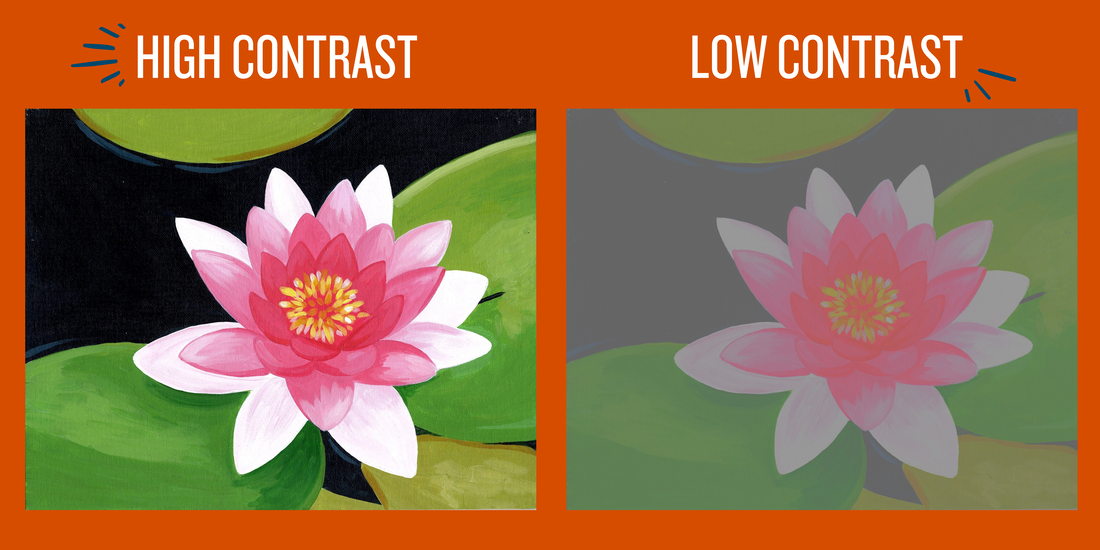  HOW TO MAKE SURE YOUR ART HAS ENOUGH CONTRASTIt's easy to tell if your art has enough contrast if it's already in black and white, but what if it's in color? How on earth are you supposed to be able to tell what your color values are? It's easier than you might think! Just take a photo of your painting and edit the saturation down to zero; this will give you an exact look at the values so you know if you'll need to make any adjustments! Not that technical? Try this: when looking at your painting, identify the lightest and darkest areas. If you need help determining what those are or if the lightest and darkest areas are at all similar to each other, bump up the contrast! You can mix white with colors to lighten certain areas and darken others by mixing in black. This method can be especially helpful if you're working from a reference because you can go ahead and adjust the saturation of your reference photo too, to see if they match up!
Have you ever wondered how to clean acrylic paint out of your brushes? Look no further! First, you'll see how to clean acrylic paint brushes, and then we've included a bonus section on fixing brushes that are bent out of shape or have dried paint stuck in them! Let's get started with...
OUR FAVORITE BRUSH CLEANERS!
WANT TO START A NEW PROJECT WITH YOUR CLEAN BRUSHES?OUR FAVORITE CLEANER FOR GETTING DRIED ACRYLIC PAINT OUT OF BRUSHES!
Is one of your favorite brushes a little bent out of shape? We have a super easy solution! Grab The Masters Brush Cleaner, a cup of water or a sink, and your bent-up brush. Let's fix it!
LEARN MORE ABOUT ACRYLIC PAINTING AND SUPPLIES!
Want to learn how to use your paint brushes in dozens of fun ways? Sign up to receive FREE access to our Acrylic Basics Video Library, where we demonstrate techniques and give painting tips!
For some people, picking colors for canvas paintings is very intuitive. For others, it can feel like a shot in the dark. Painting may not be rocket science, but there is definitely a science to what our eyes are naturally attracted to. If you don't feel confident selecting colors for your paintings, we have good news for you! There are four types of easy-to-learn color schemes that can make this process incredibly simple. All four of them are covered in our FREE How to Choose a Background Color course, as well as our comprehensive Foundations Studies course. Today, we're going to cover the simplest of the four color schemes: complementary colors. The reason that this is the easiest color palette to create is that you are simply selecting opposite colors on a color wheel.
Now that you understand the concept, how do you use it? Let's put this into practice by showing some examples in paintings!
In this case, you would more than likely also want to adjust the background color from purple to something that will make the red stand out more. If you don't want to use green as the complement to red in this case, check out How to Choose a Background Color for other color palettes that would work well! Below you'll see two examples of butterfly paintings that we made using our Butterfly Canvas Painting Kit. In one, the artist wanted the butterfly to be yellow, so they chose to make the flowers purple to complement the yellow. In the other, the artist chose orange for the butterfly, so blue was the natural choice! As you can see, this is a super easy method for choosing two colors that look great together. Want to get more in-depth and advanced with your color theory skills? Check out our Foundations Studies courses, which each include around 10 video art lessons and everything you'll need to do several exercises and complete paintings!
|
hey there!The Sketching Pad has been helping people just like you have fun and stress-free painting experiences for over a decade. Whether we're helping people create masterpieces in person in our studio, or we're guiding people who are painting at home through our painting kits and video tutorials, we are passionate about helping people see that everyone can be an artist with the right tools and guidance! This FREE Acrylic Painting Guide includes:
You'll learn...
This FREE course includes...
You'll learn...
Archives
June 2024
Categories
All
|

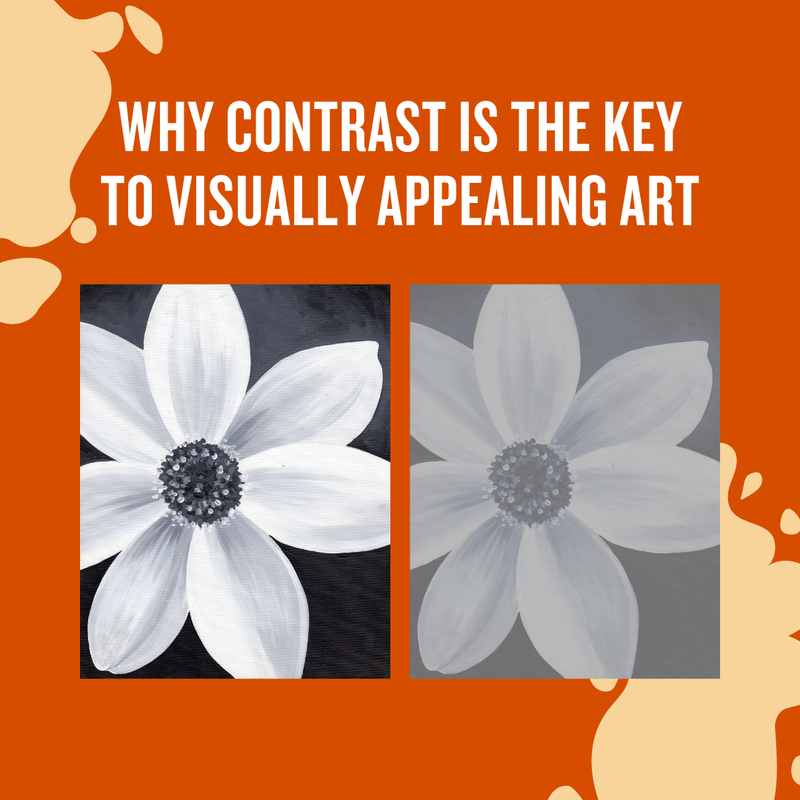
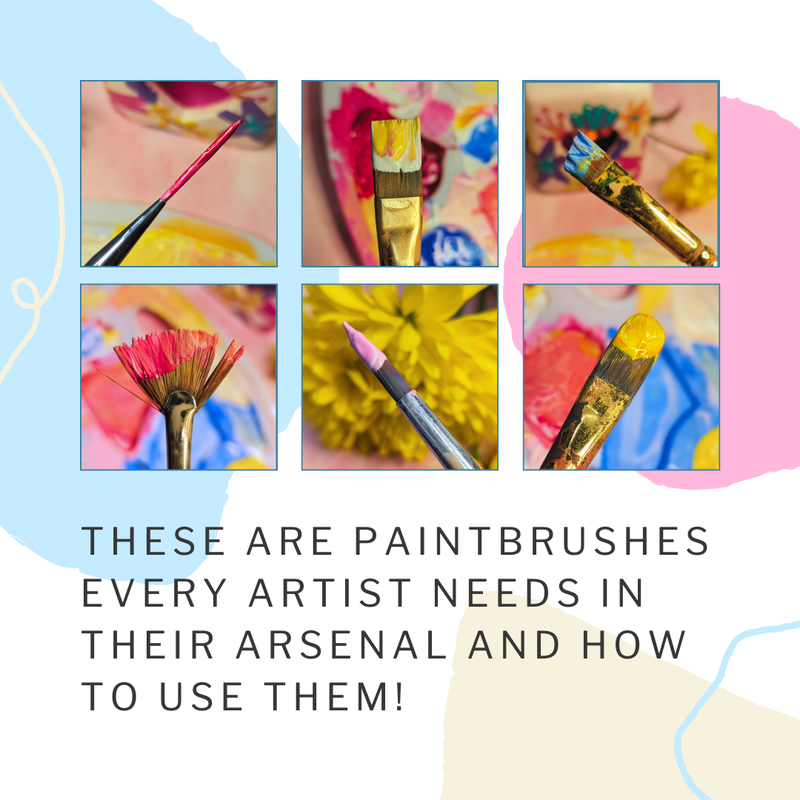
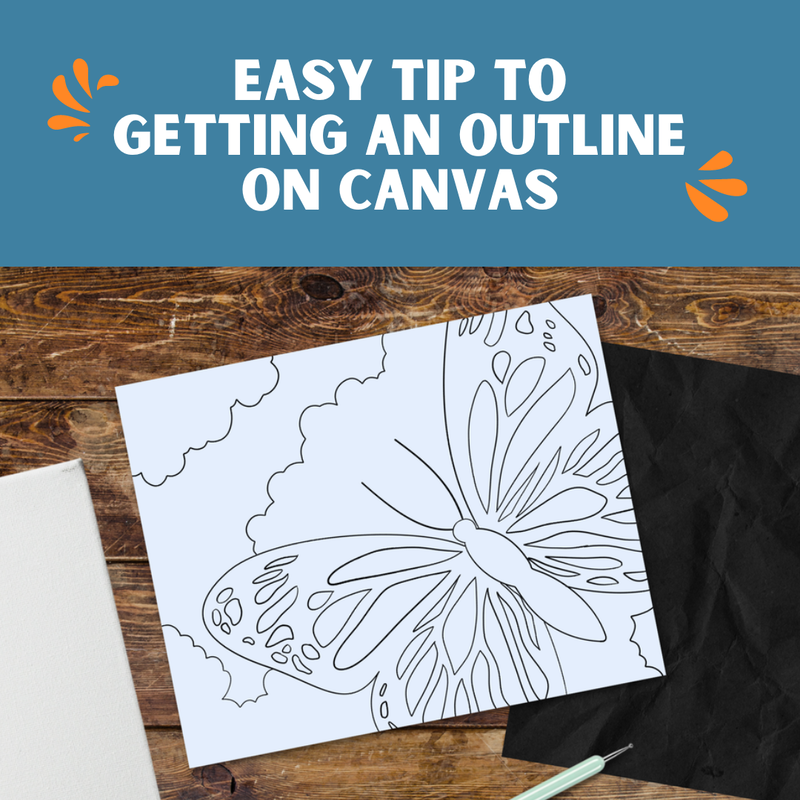




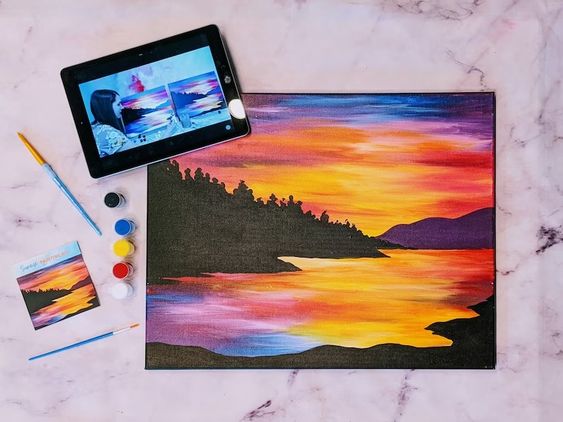

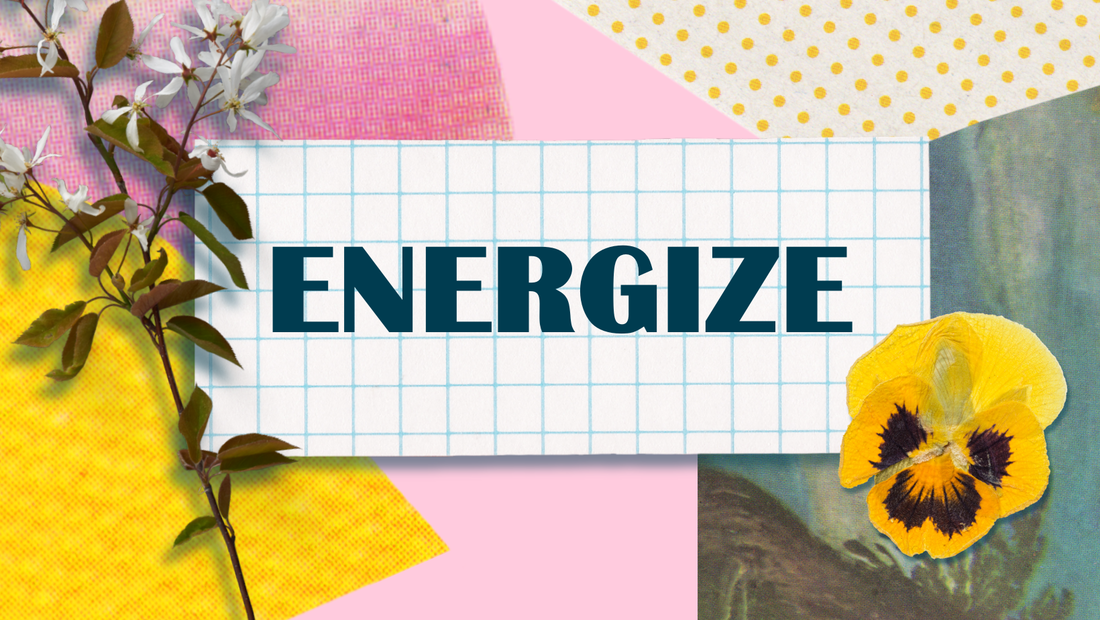
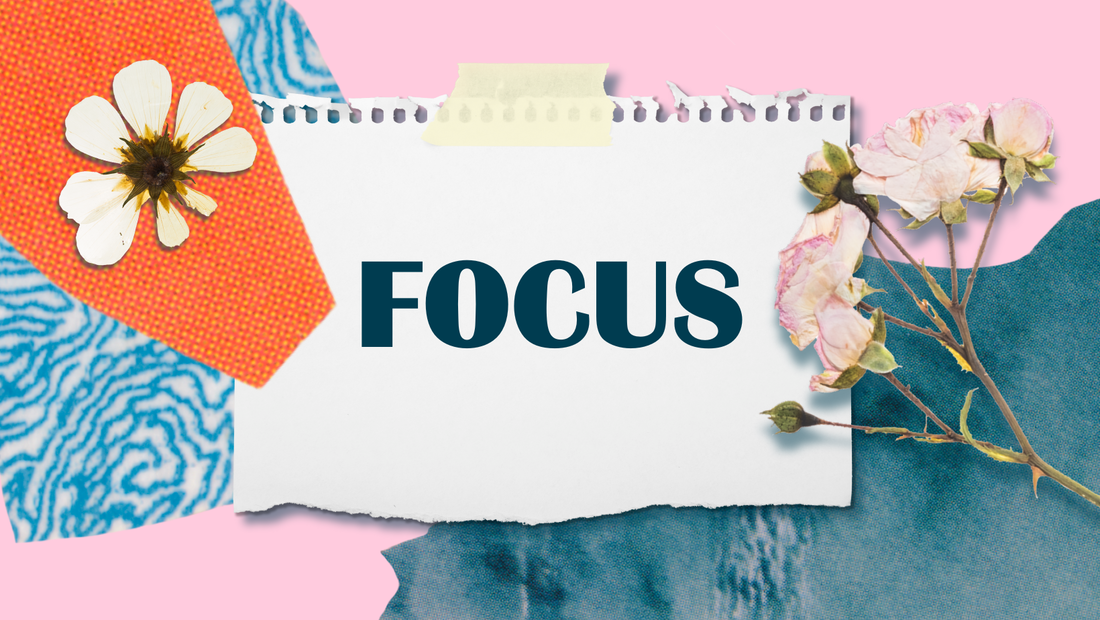
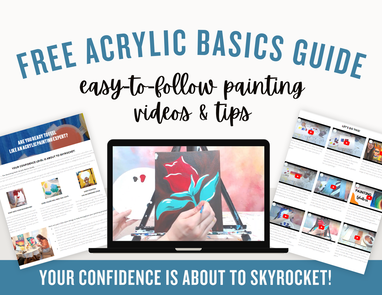
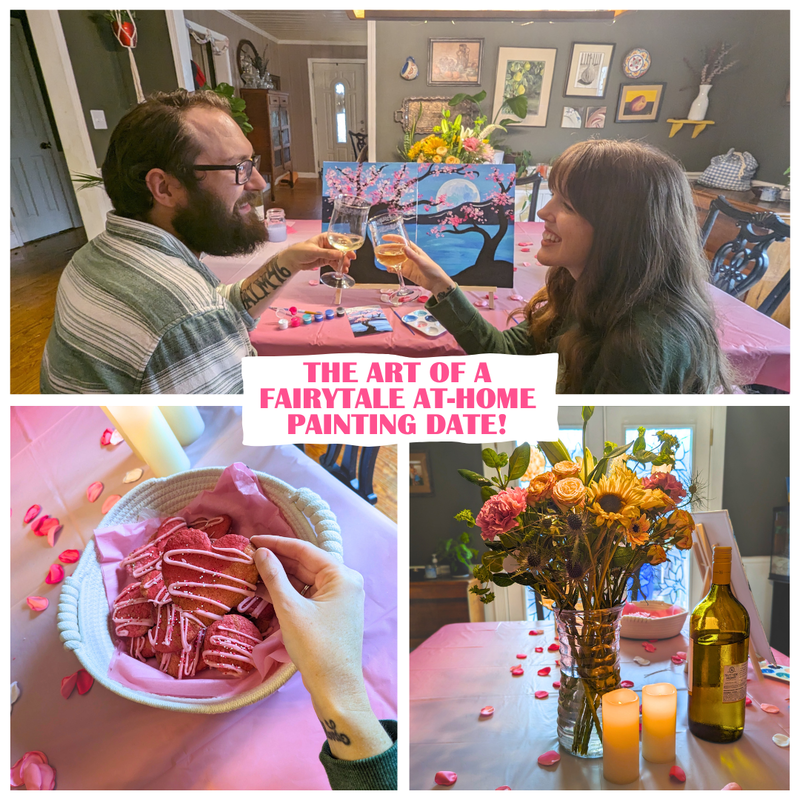

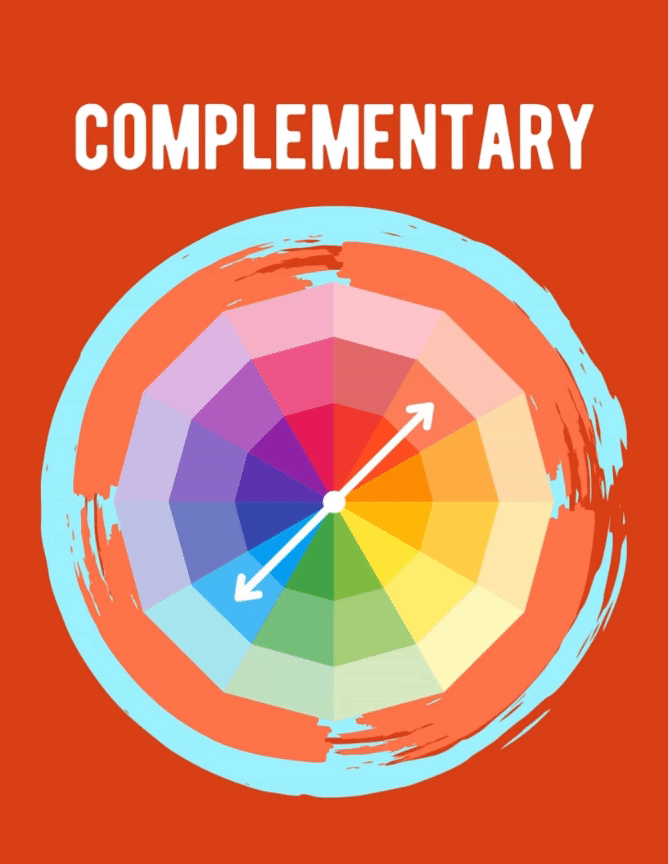
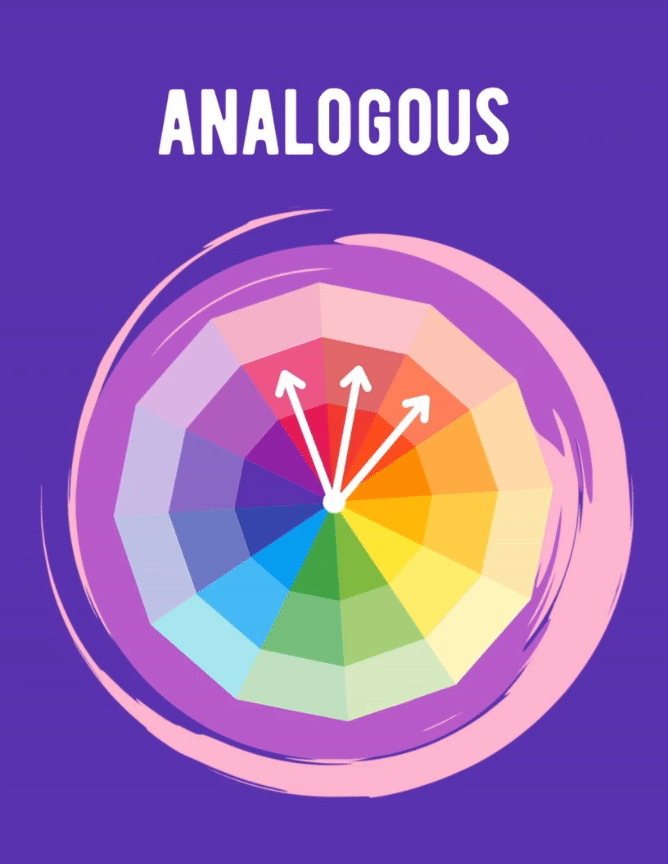
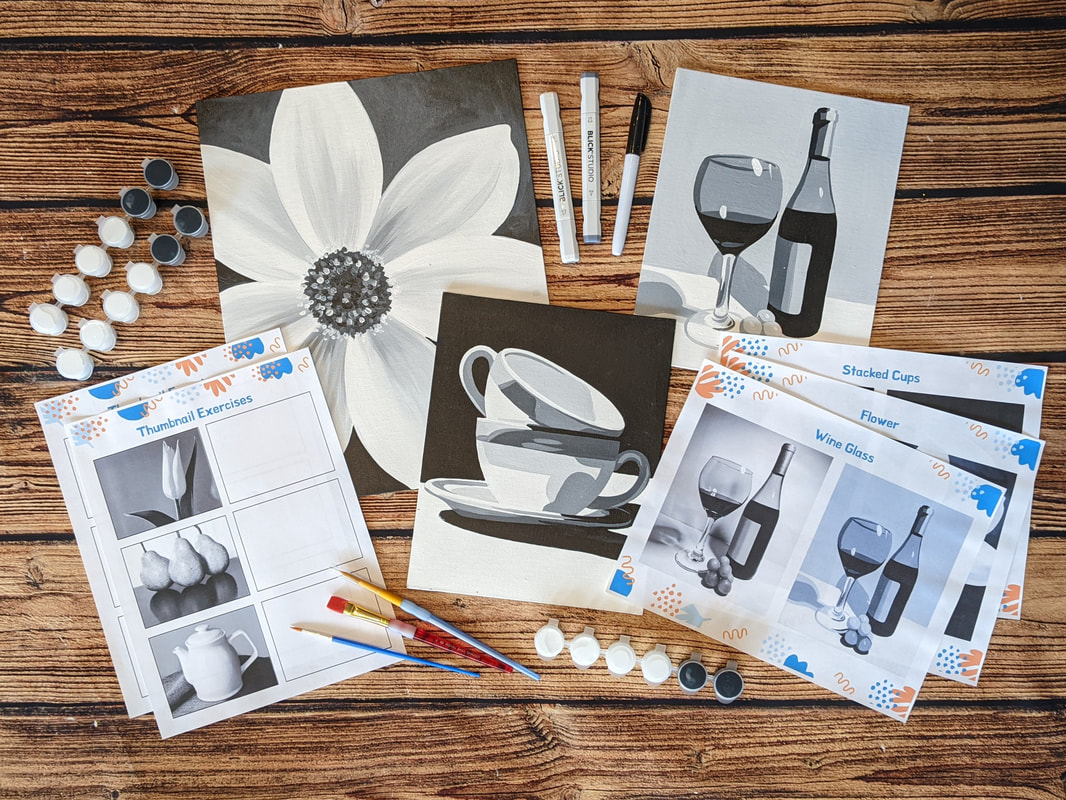
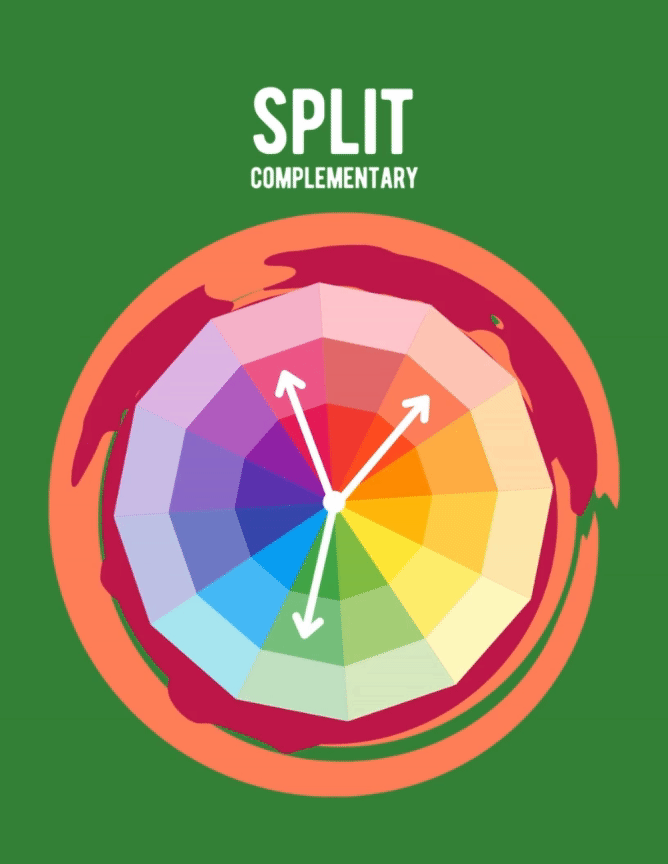
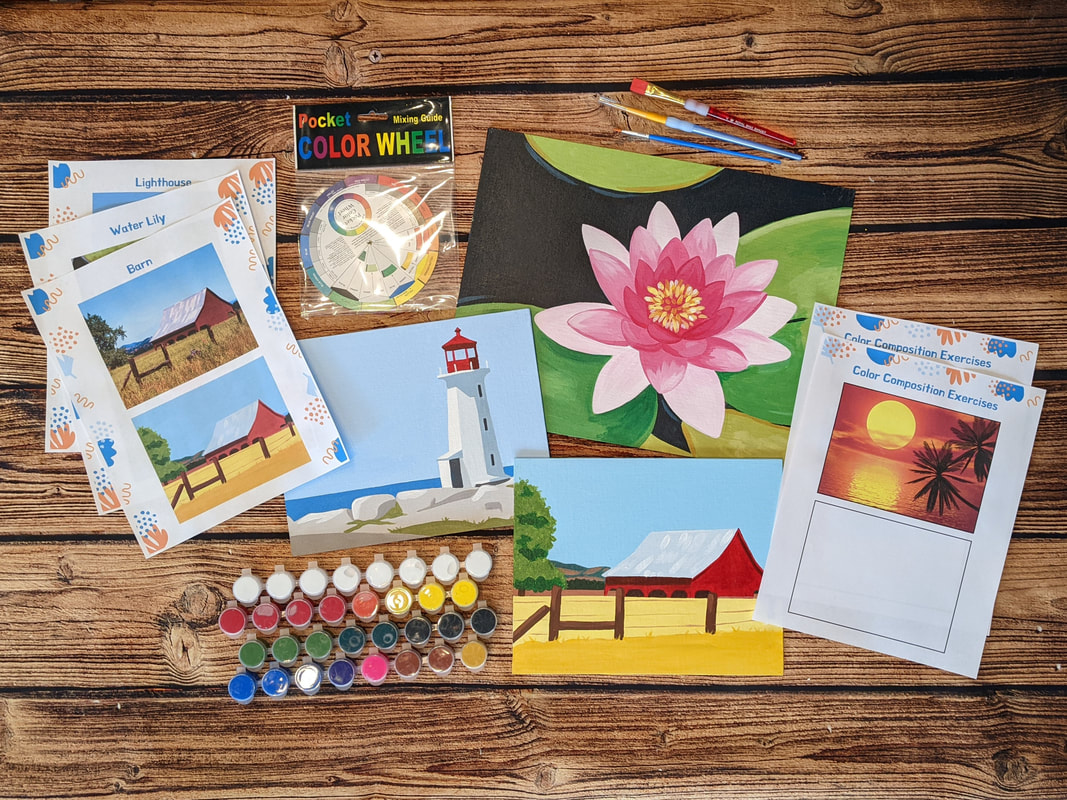
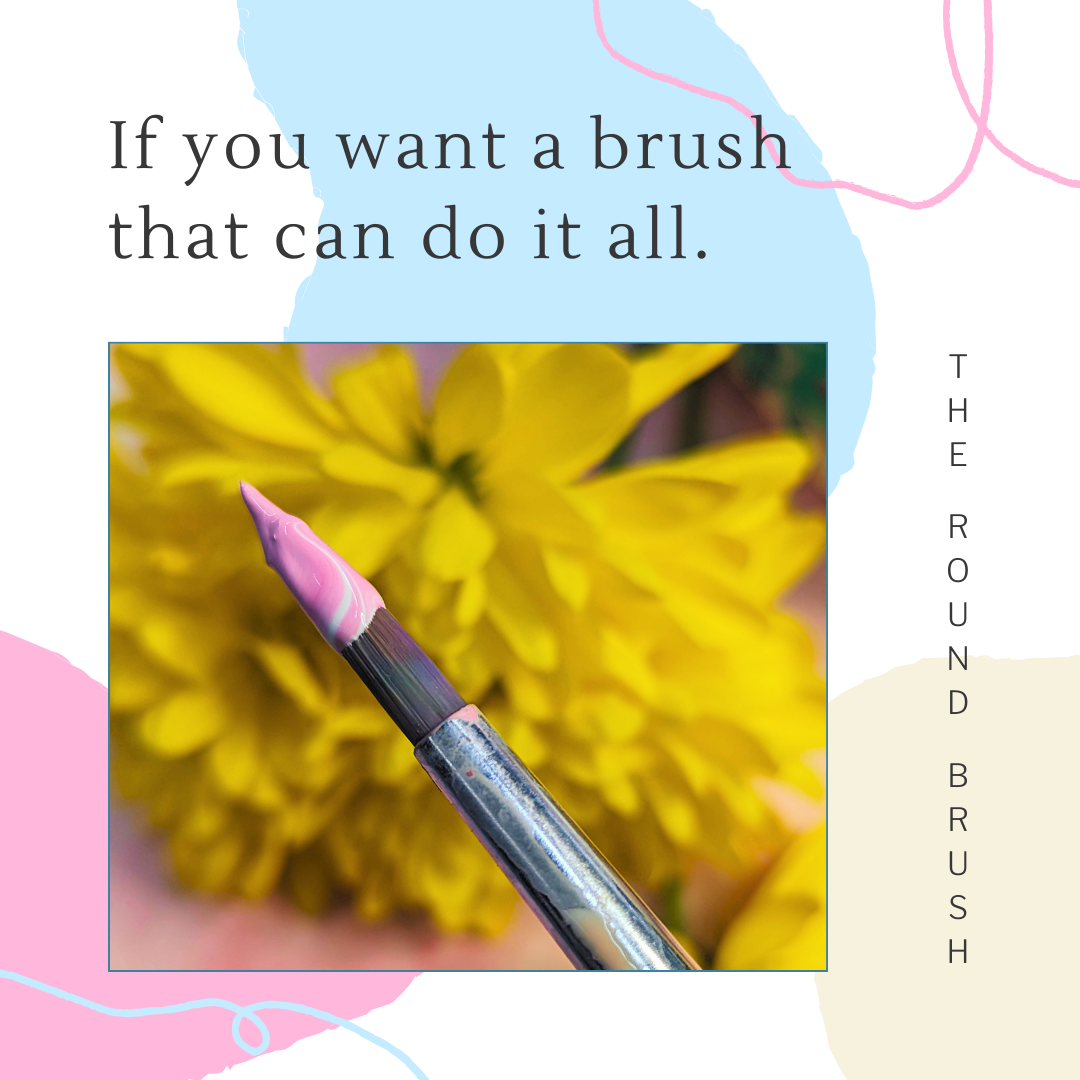
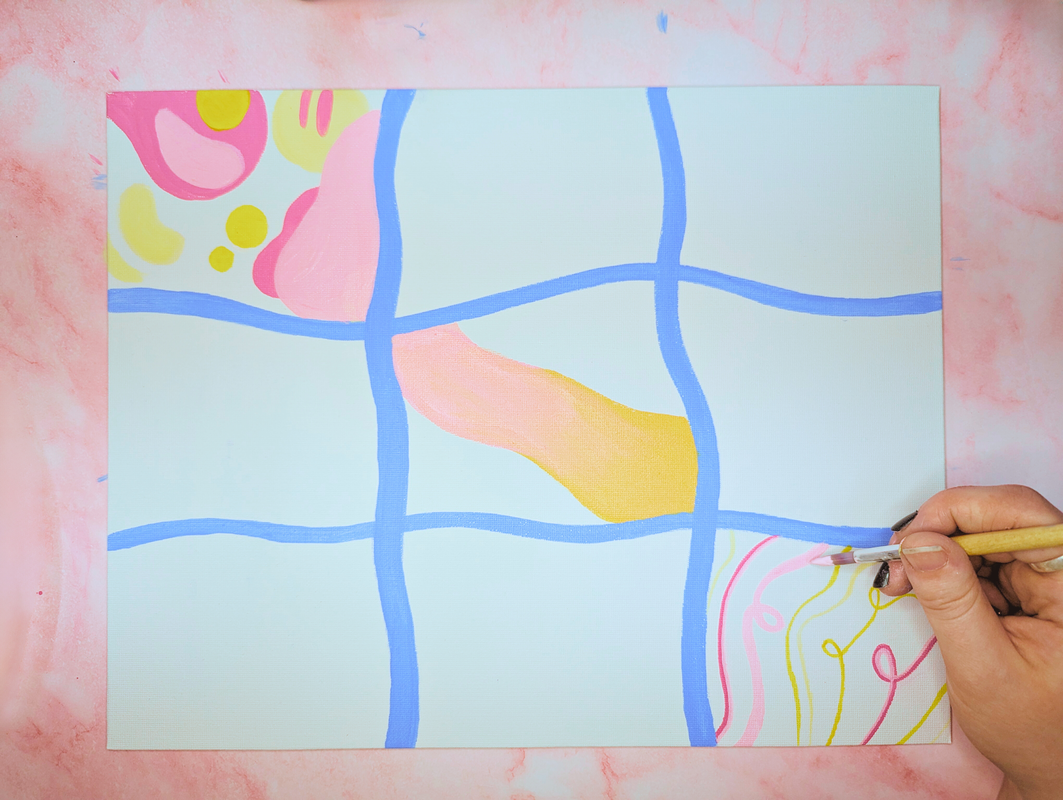
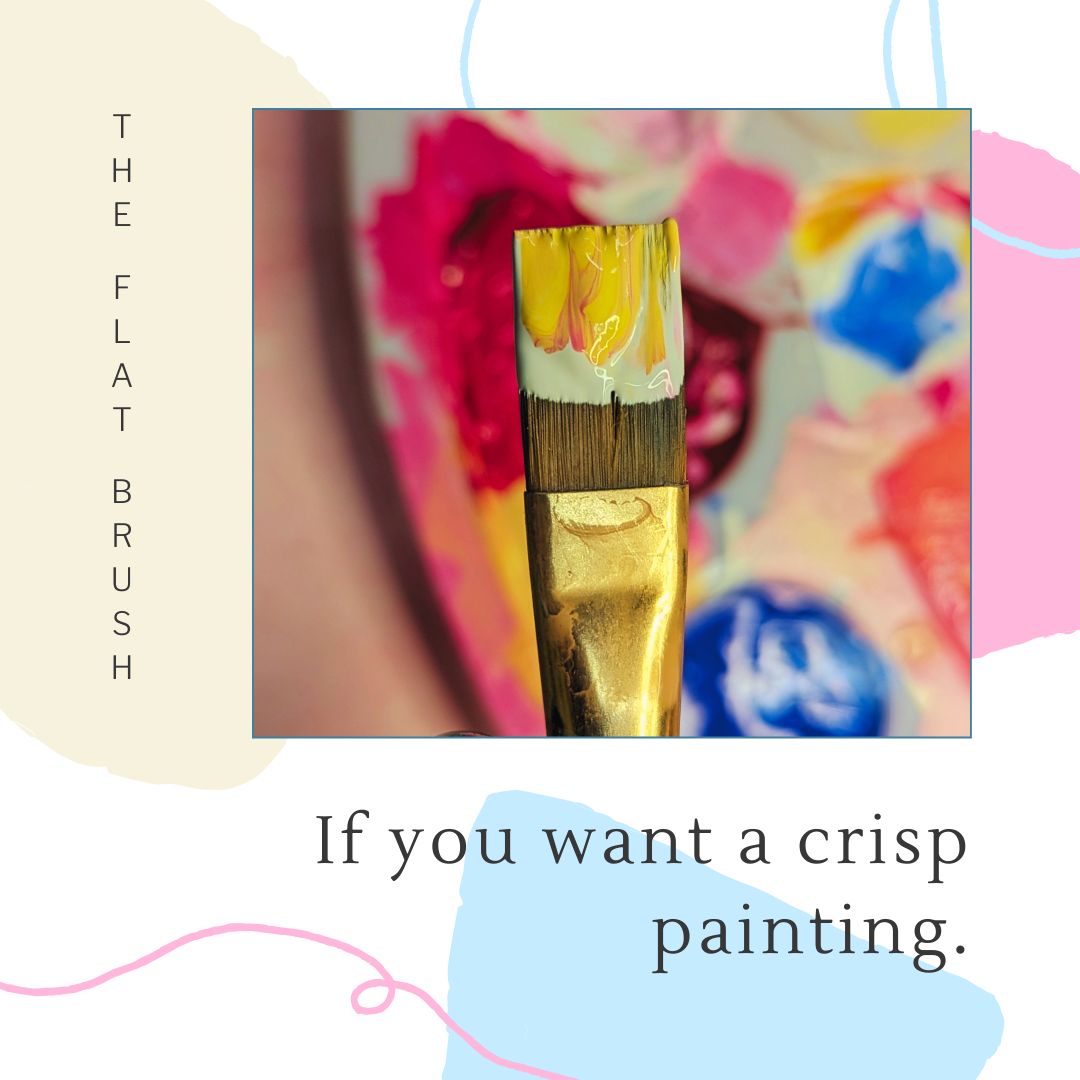
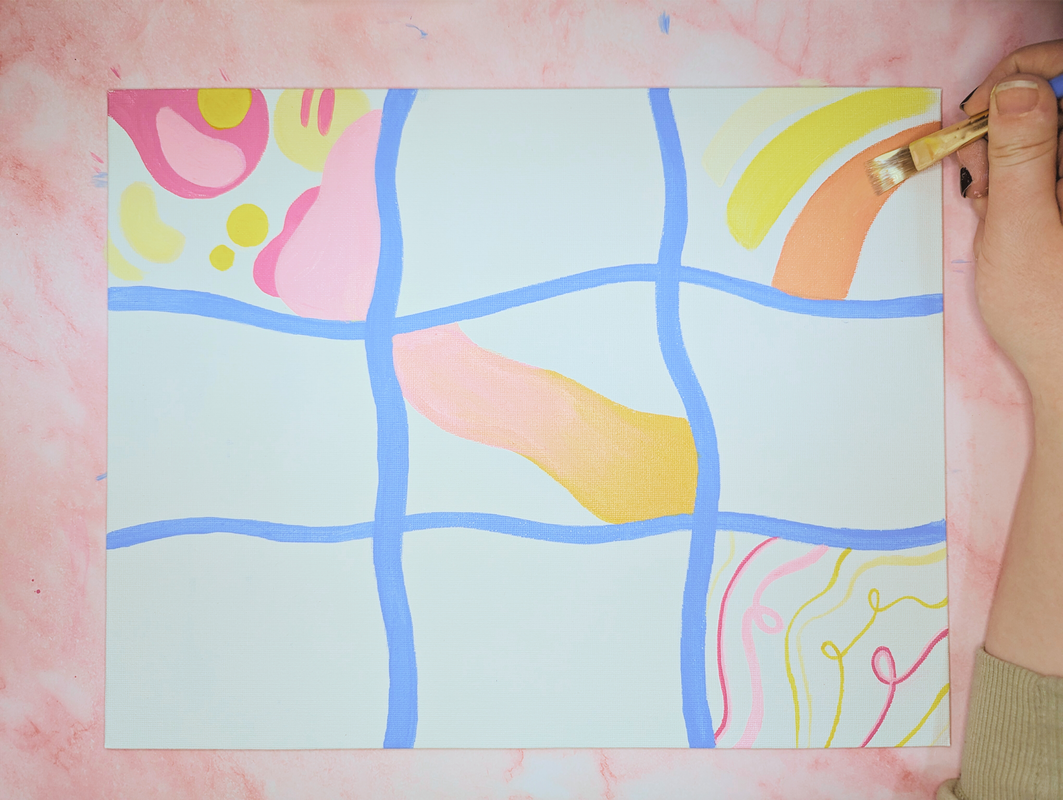
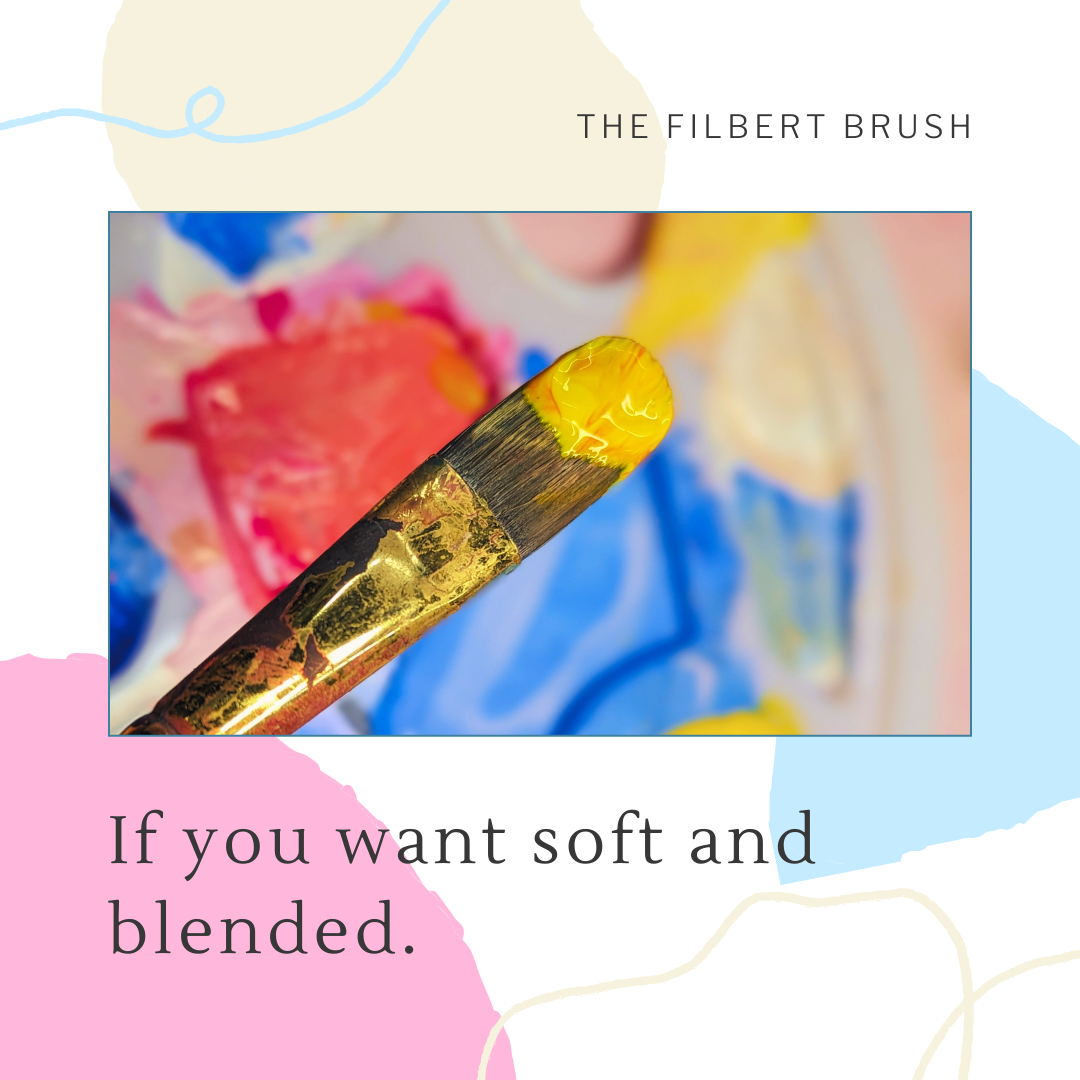
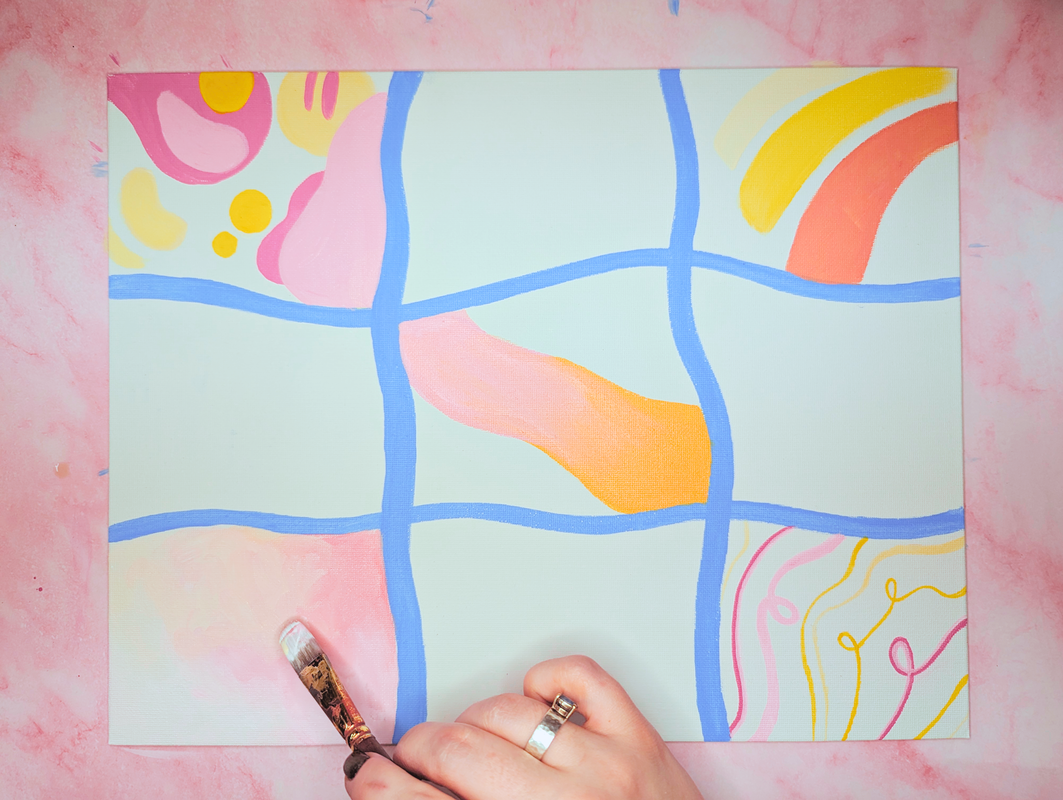

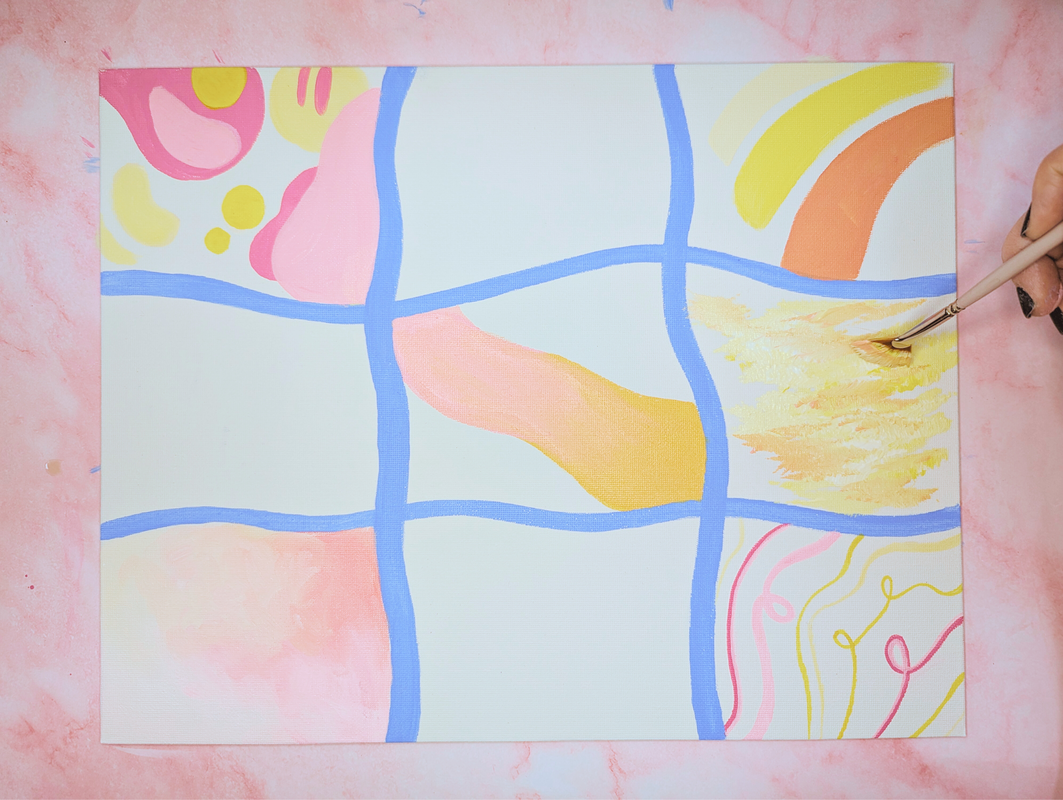
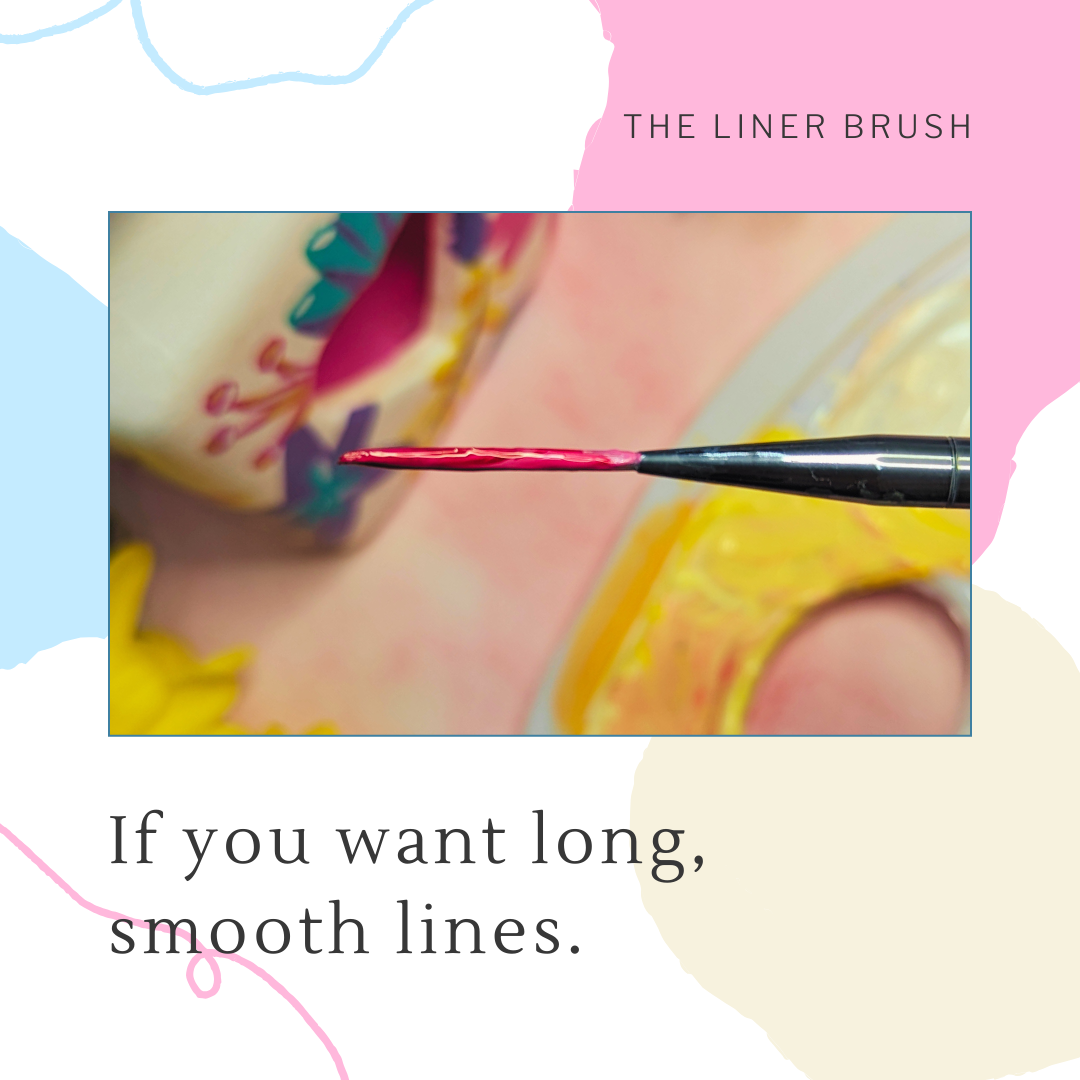
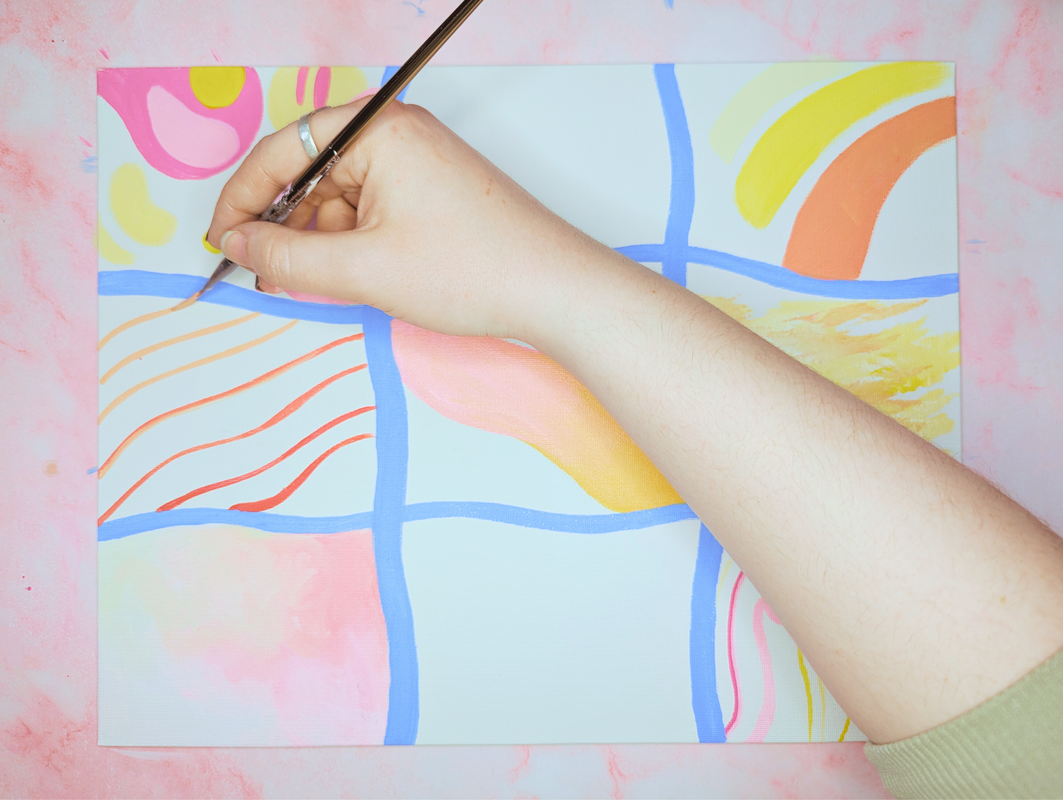
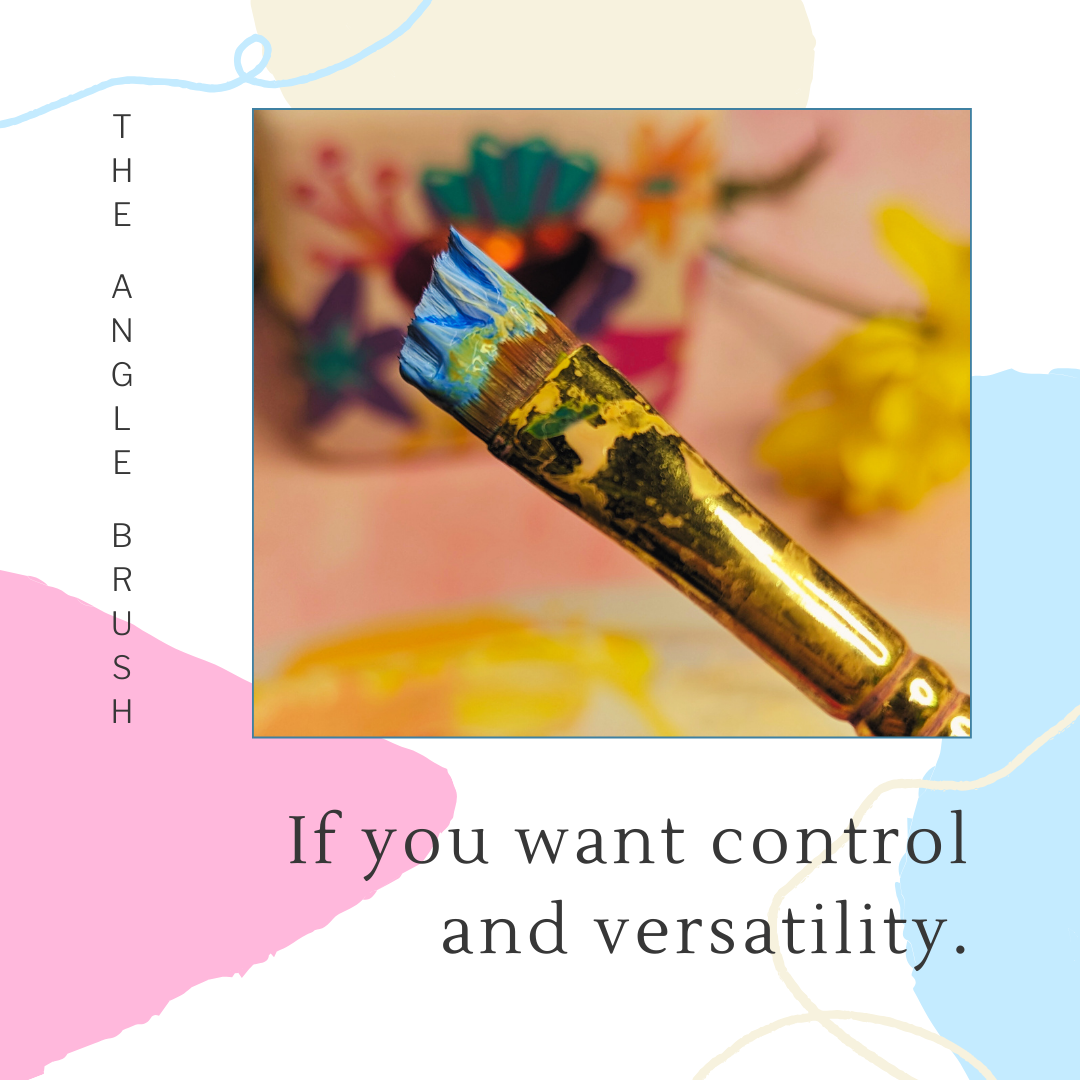
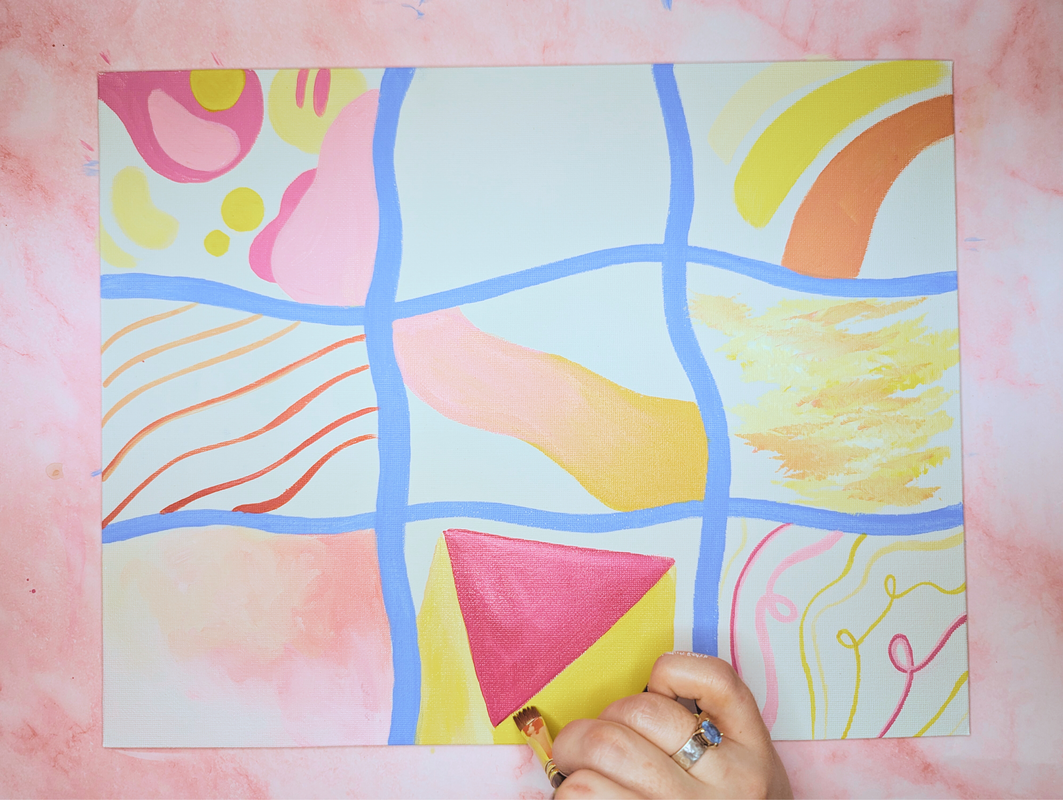
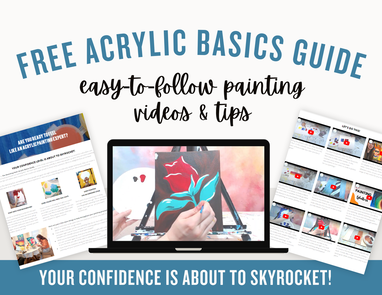
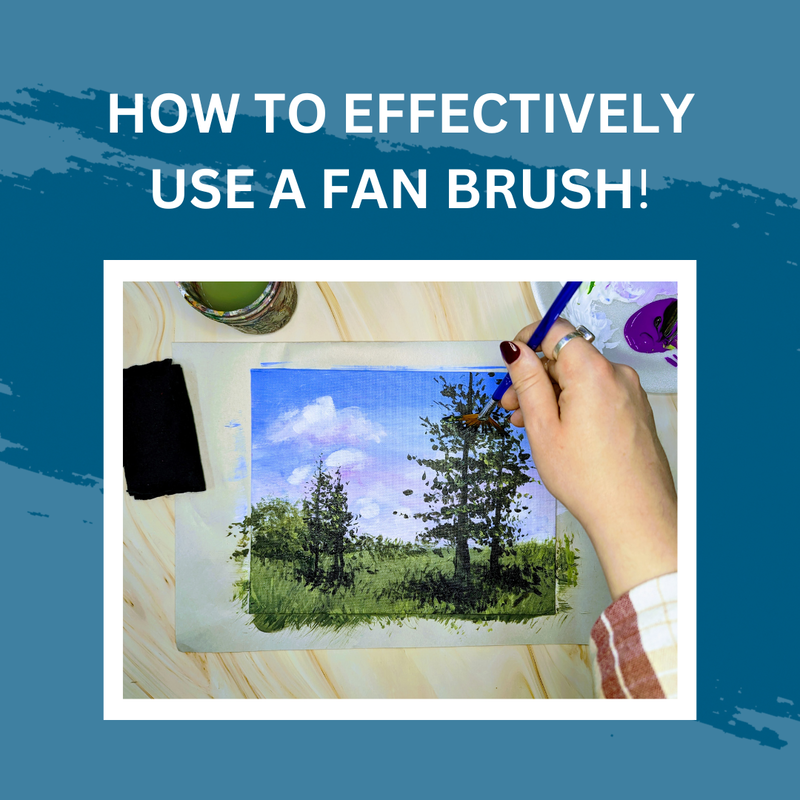
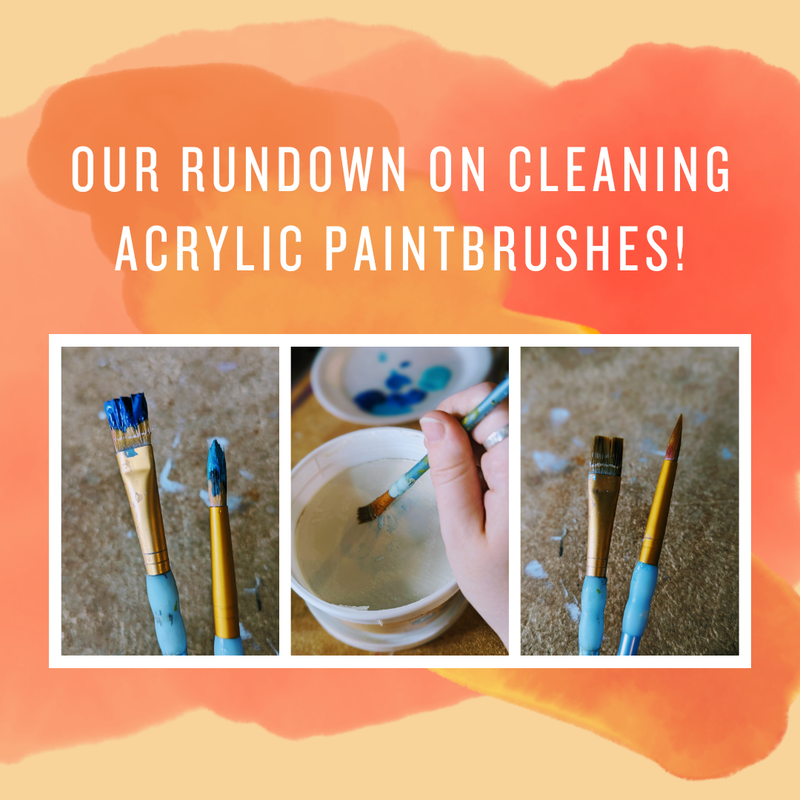
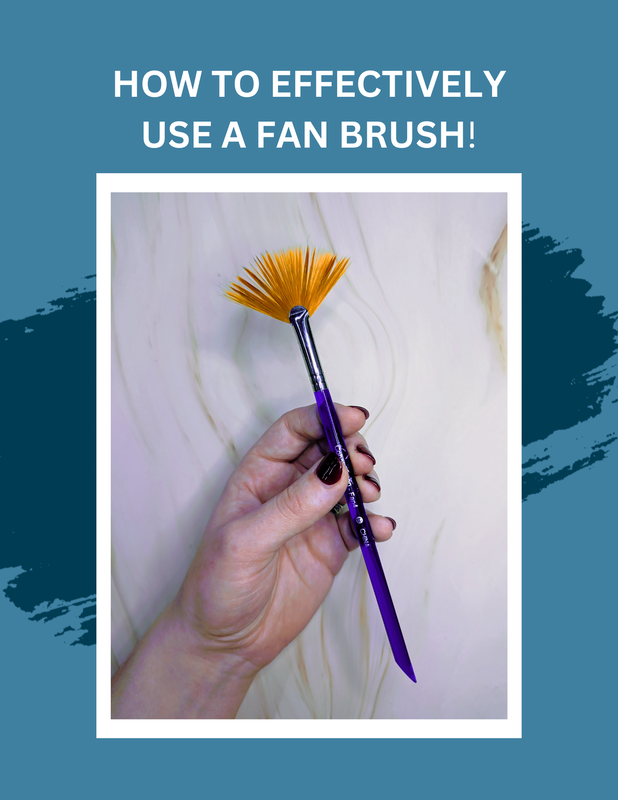
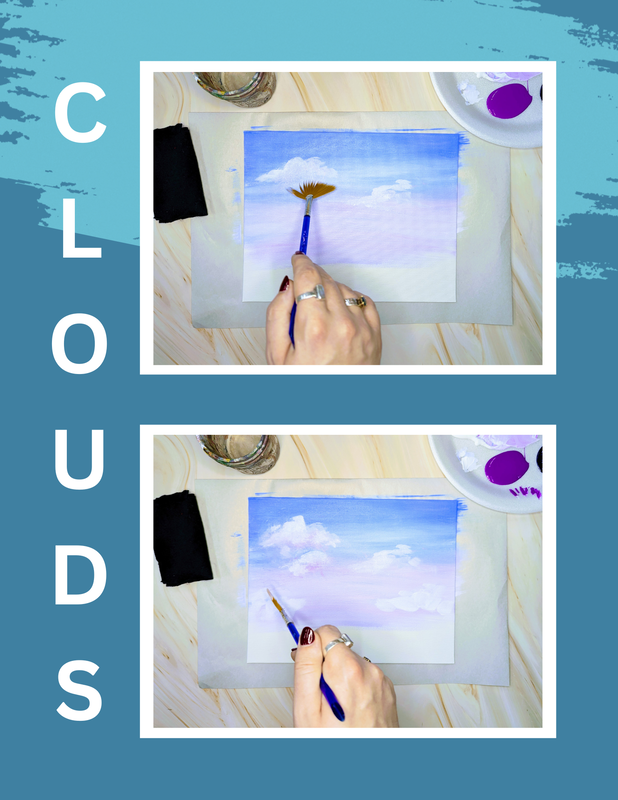
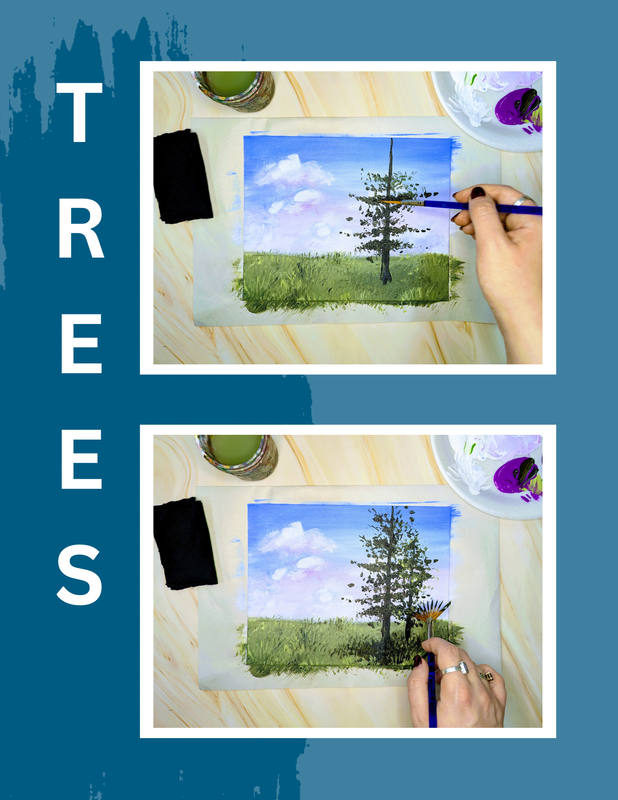
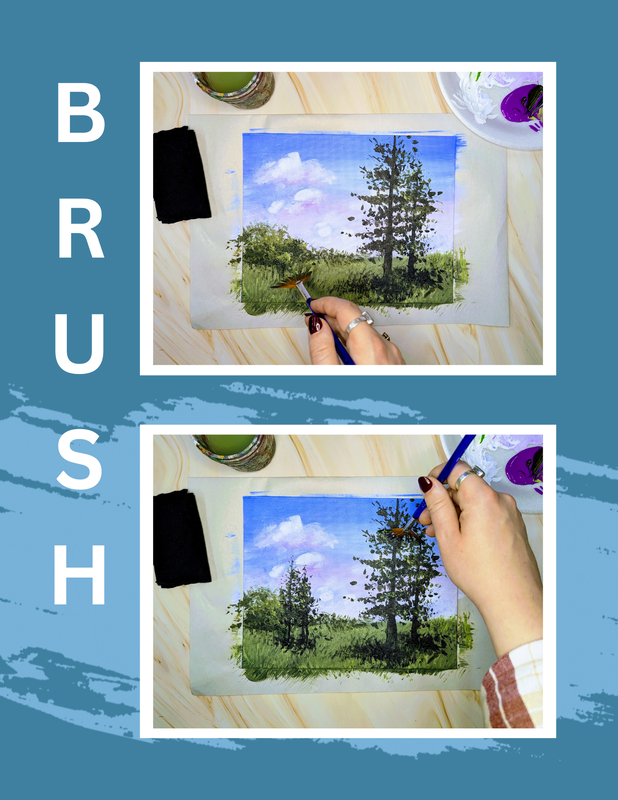
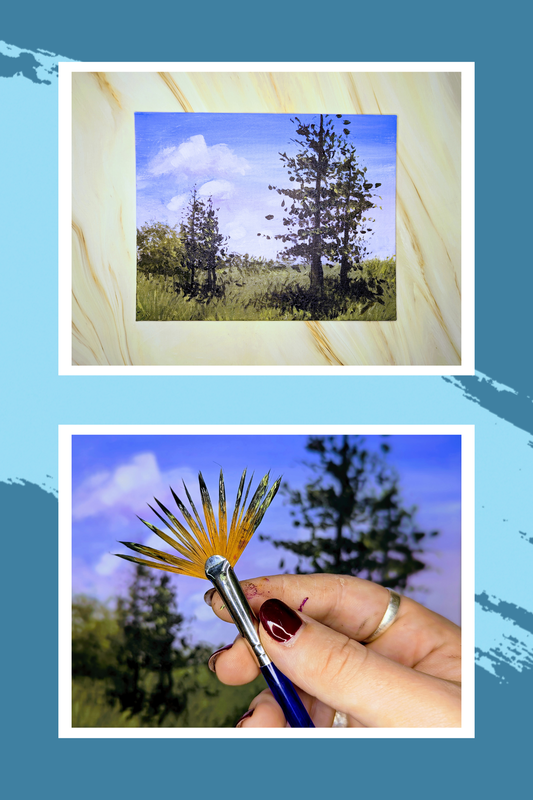
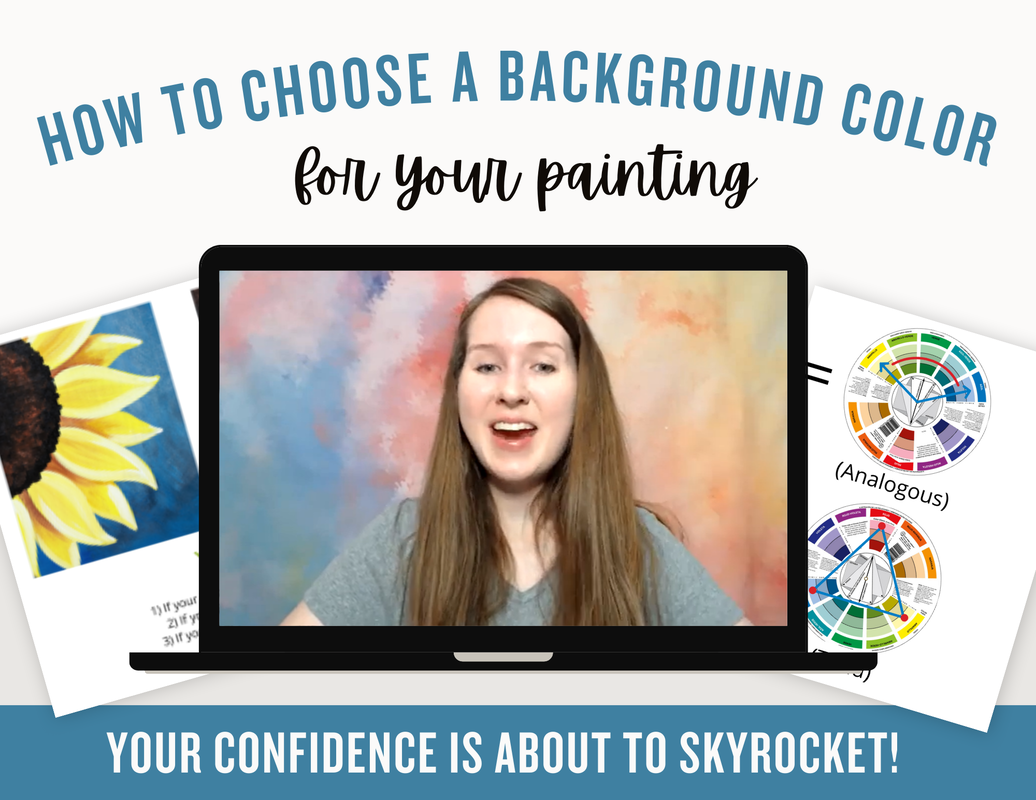
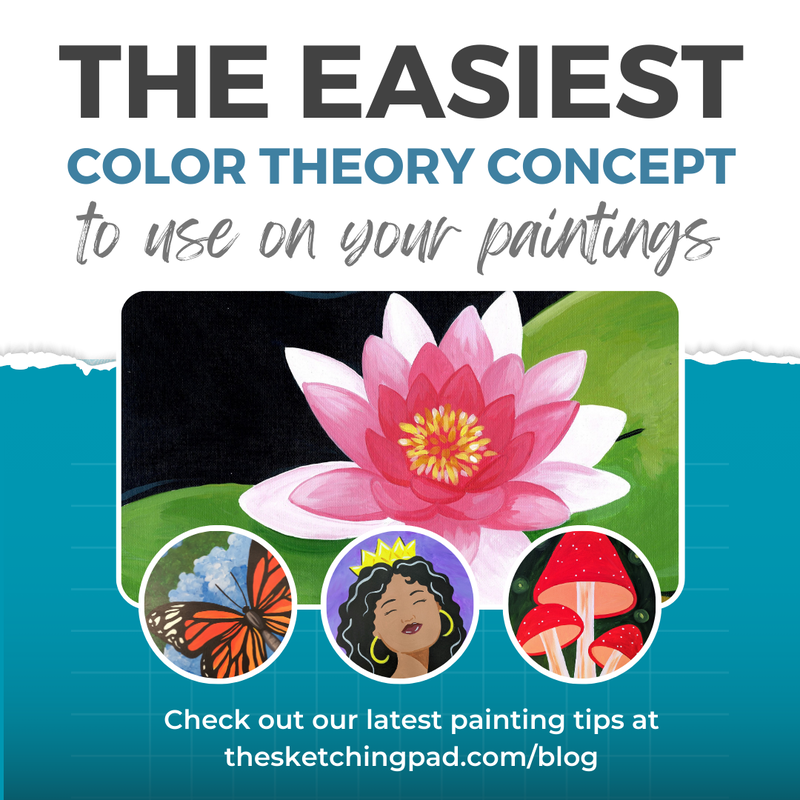
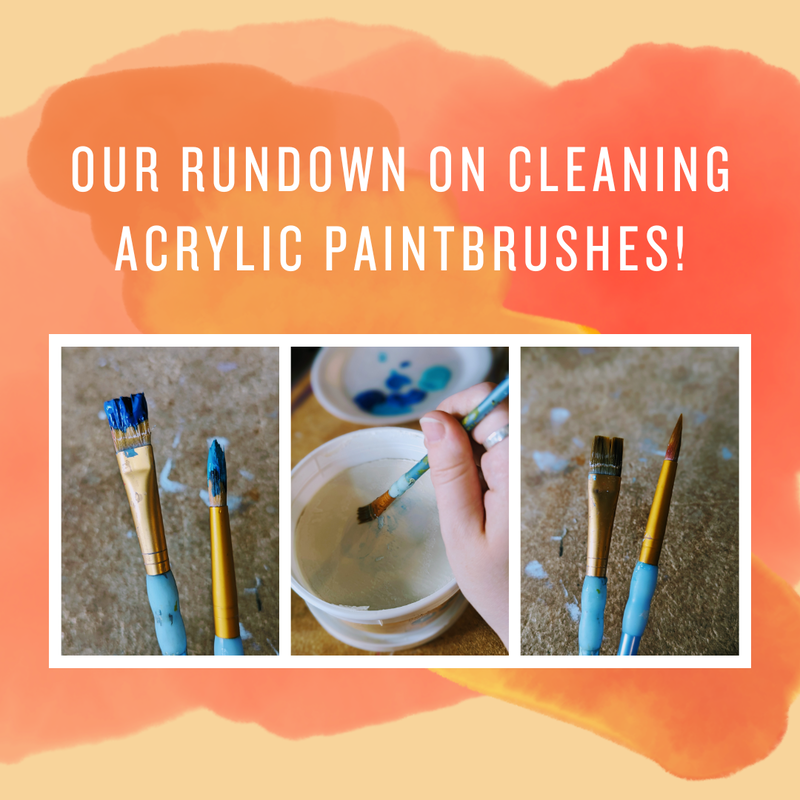
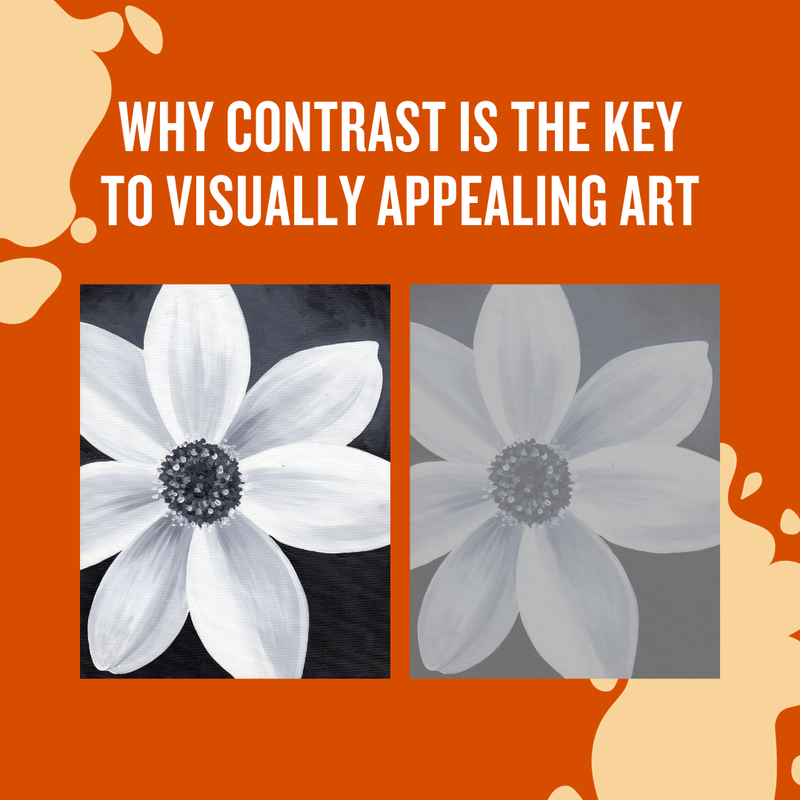



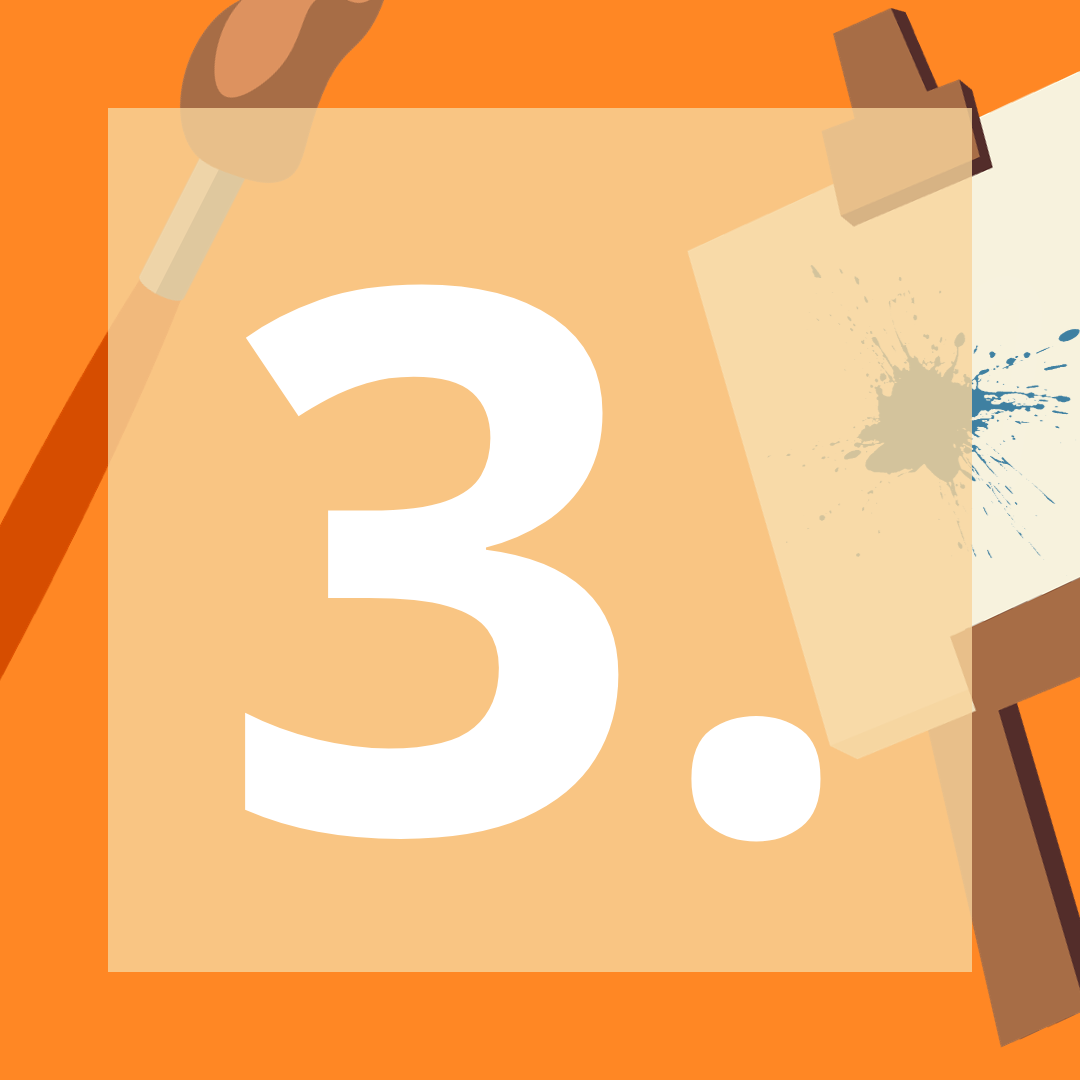
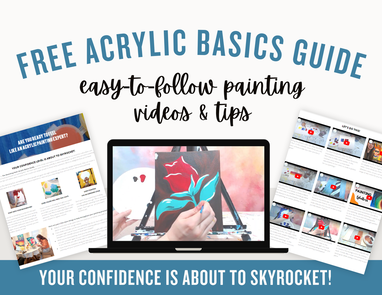
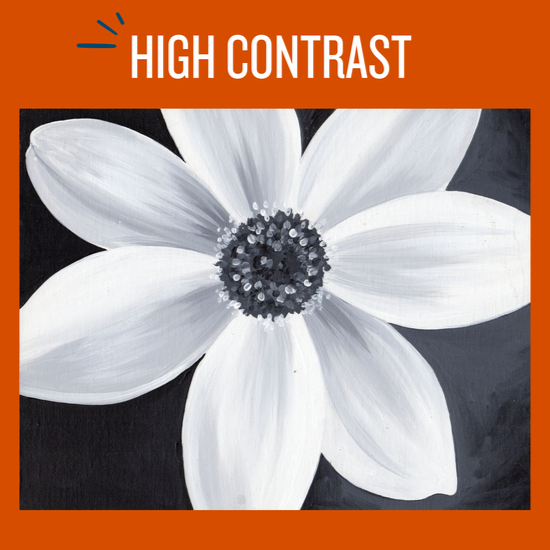
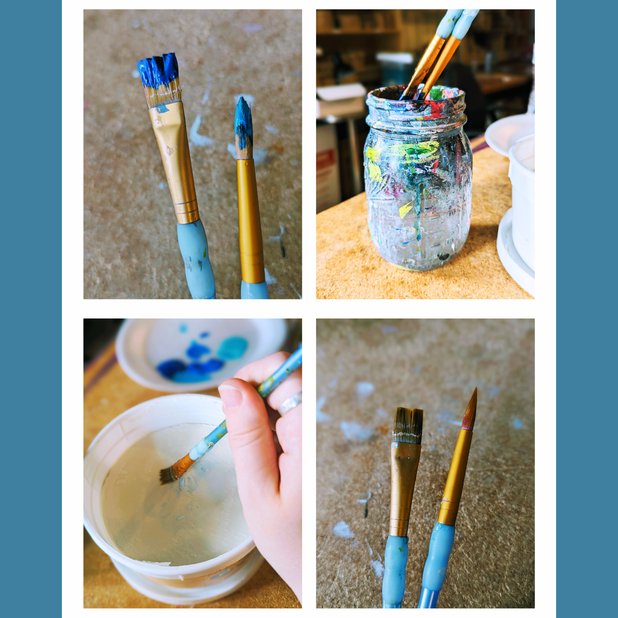

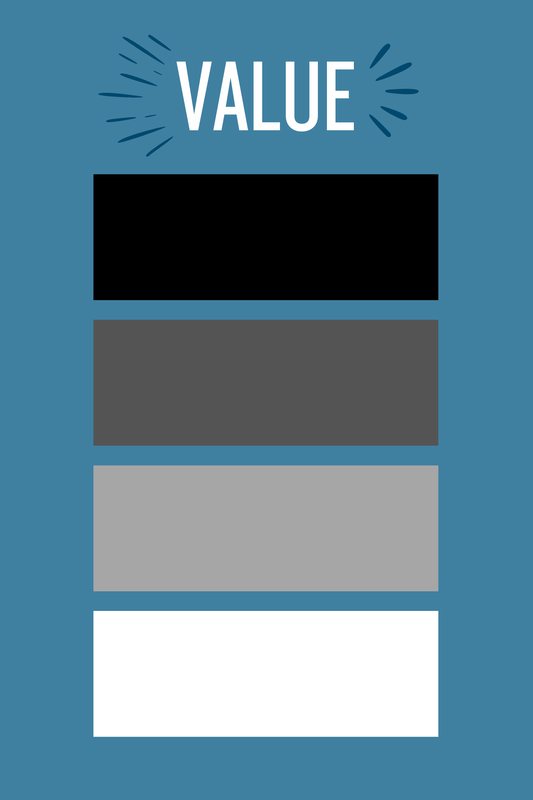
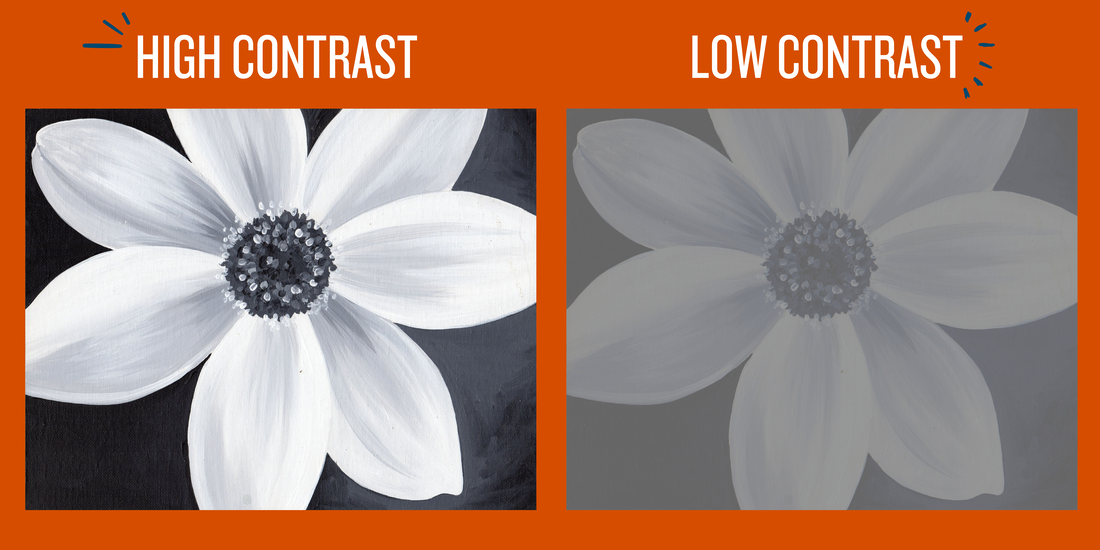
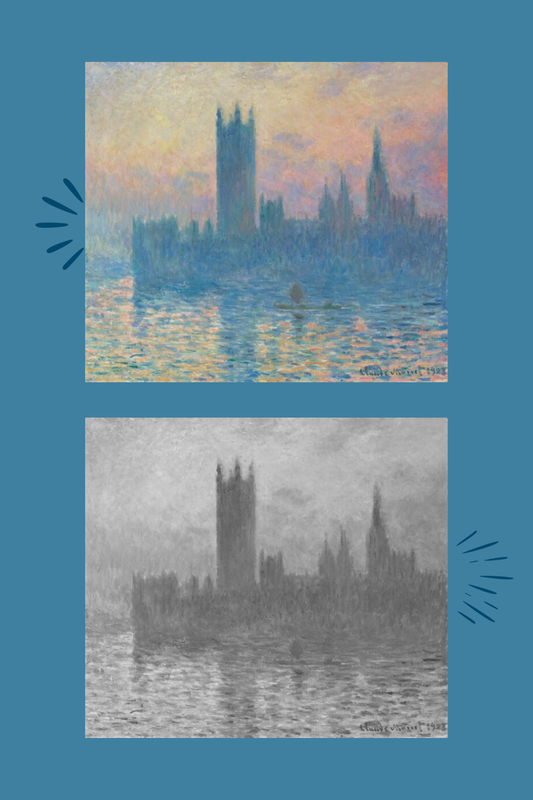
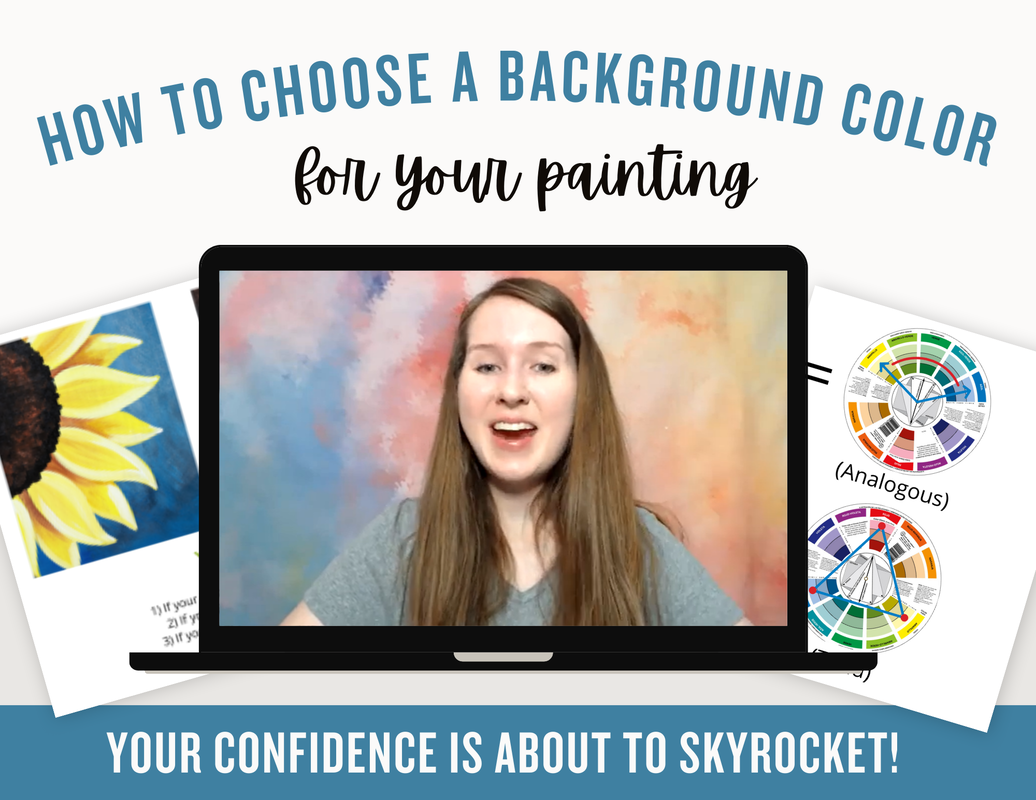
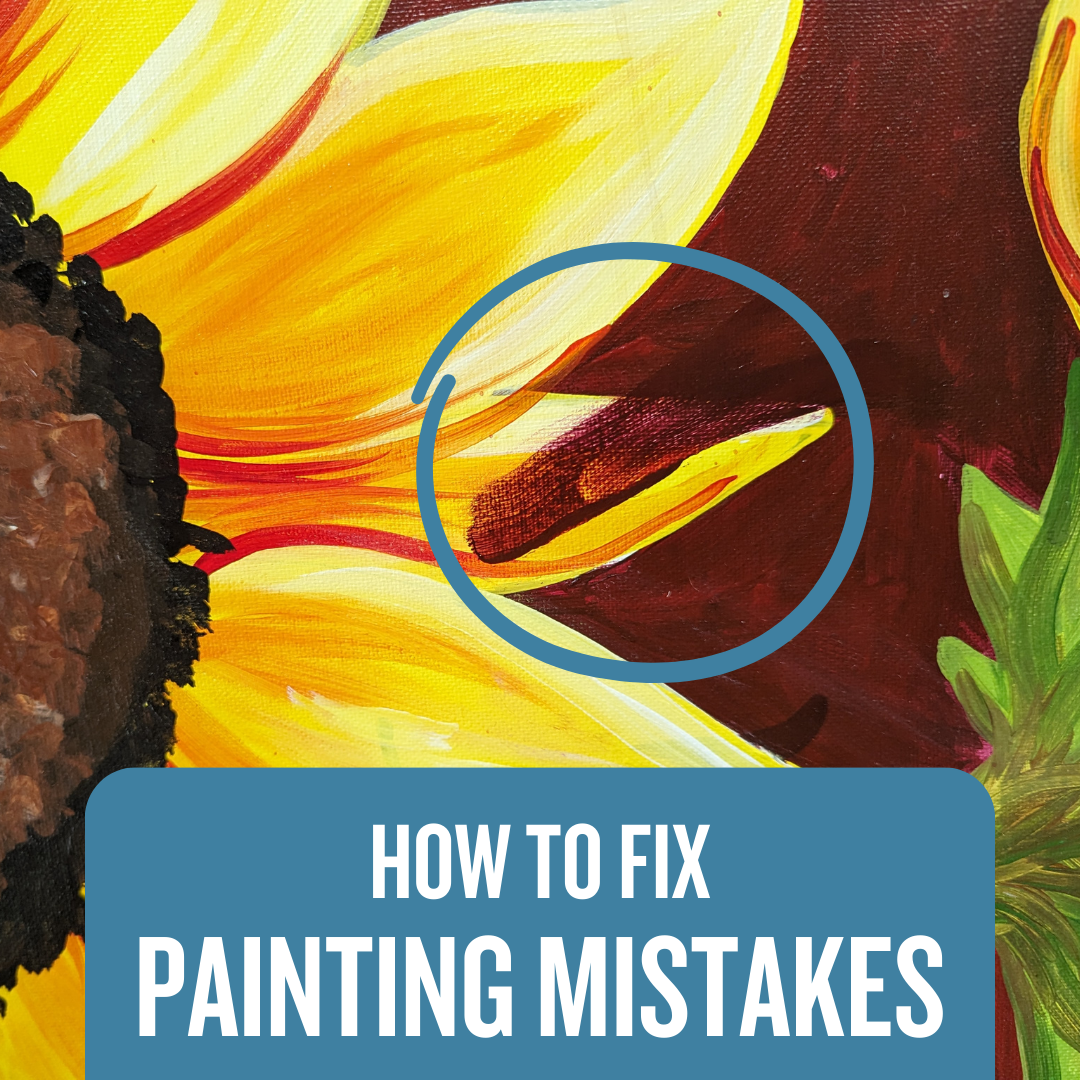
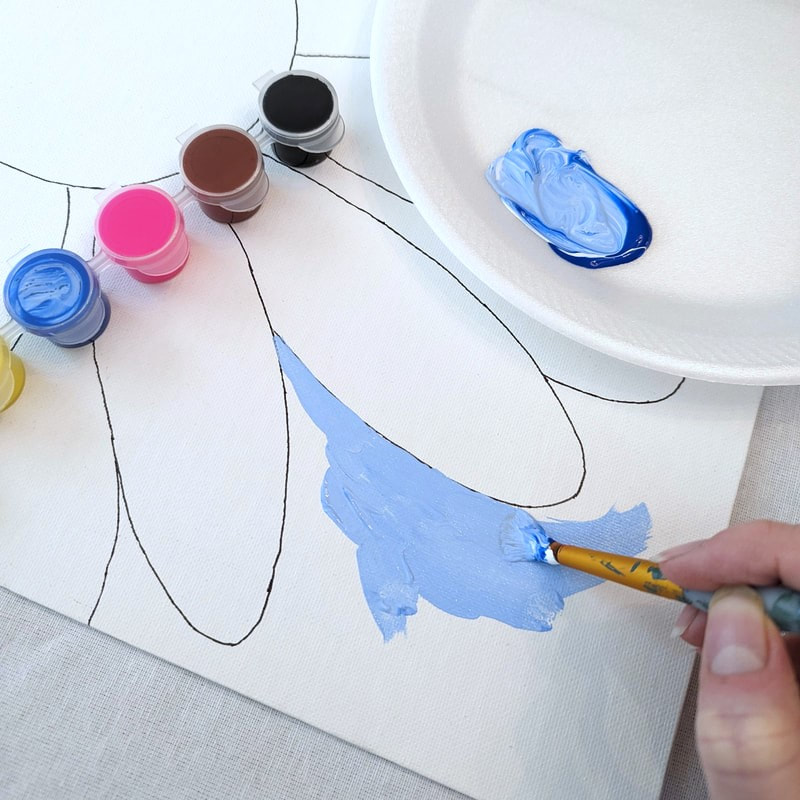
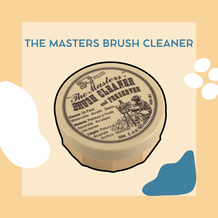
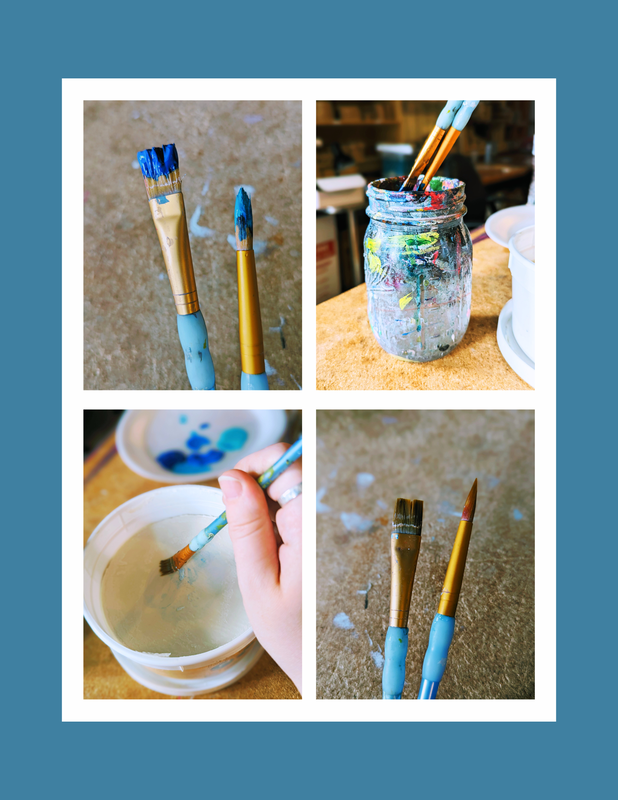
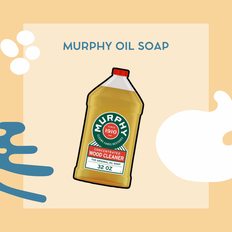
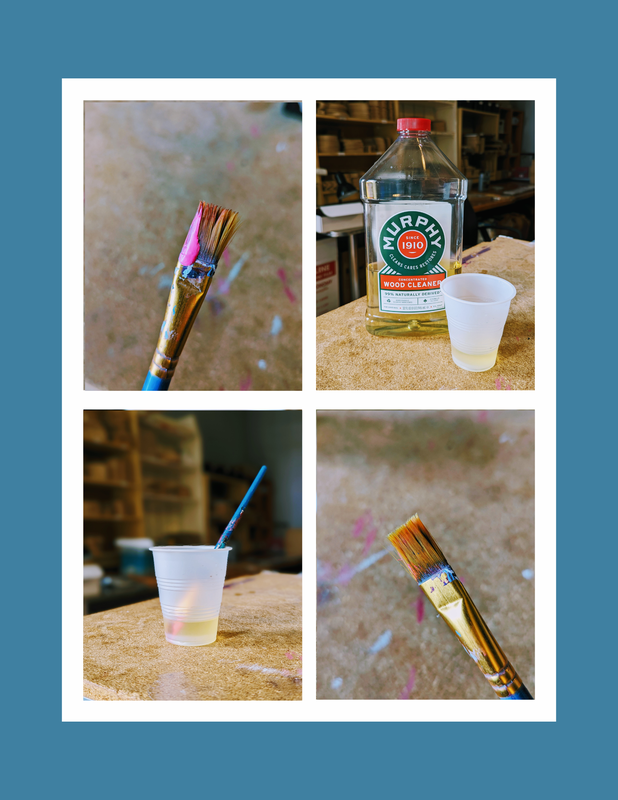
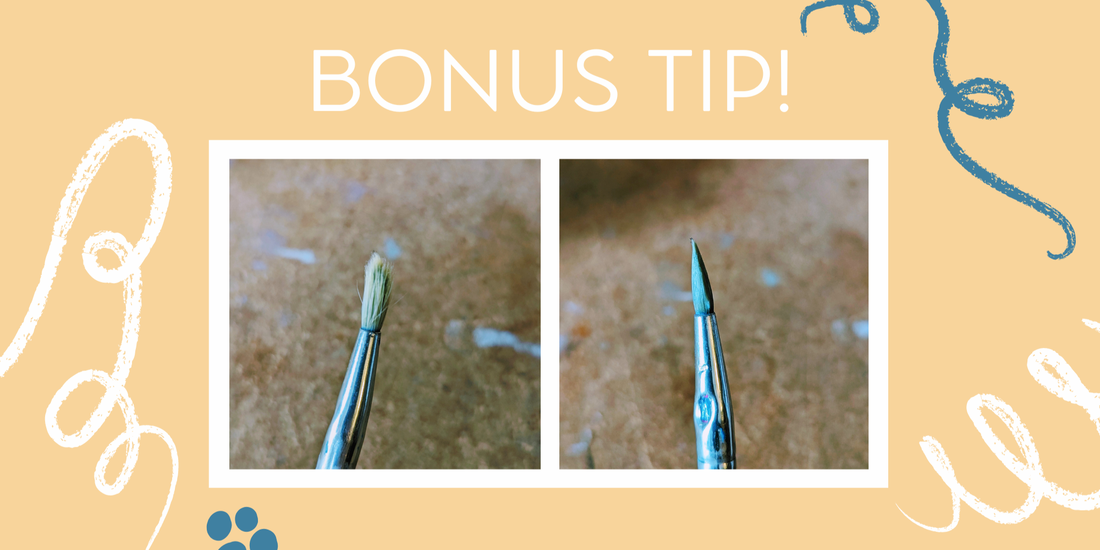
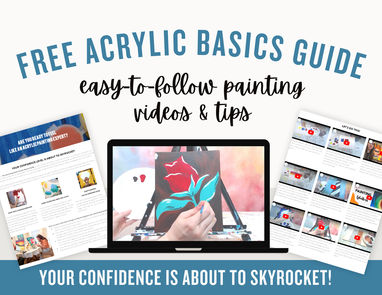
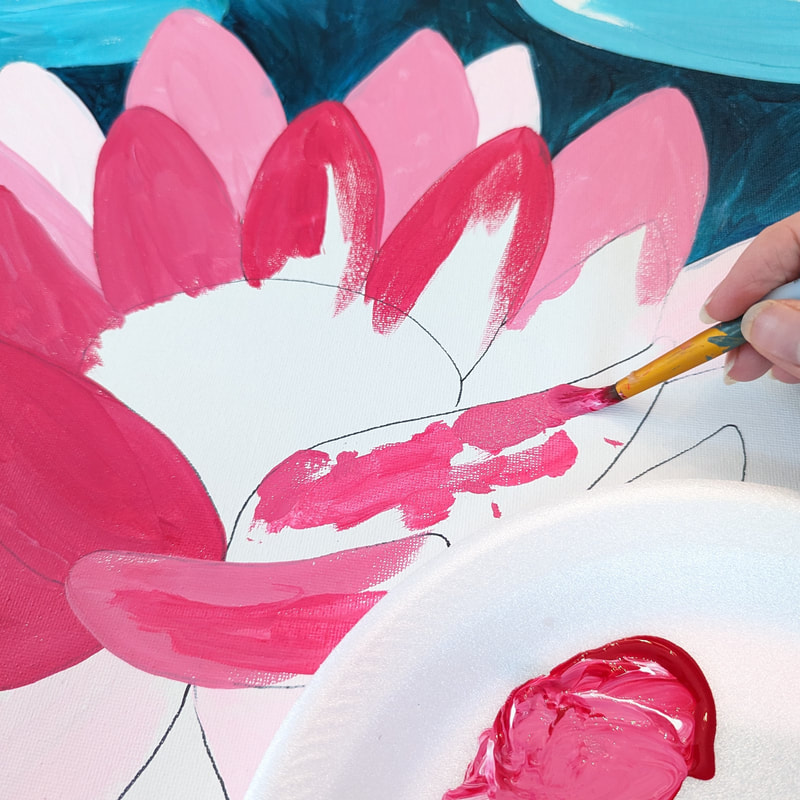
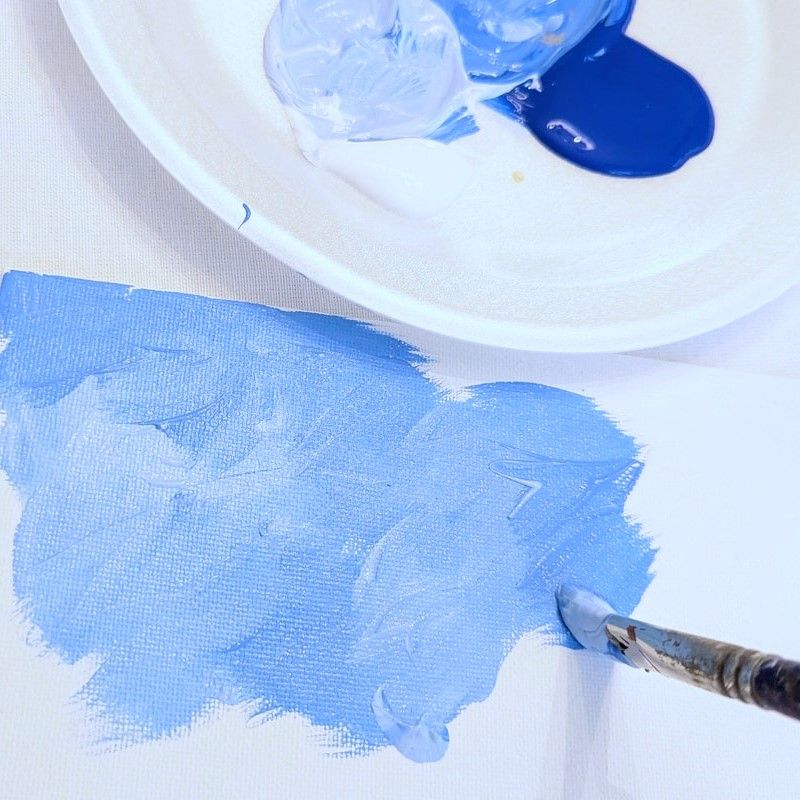
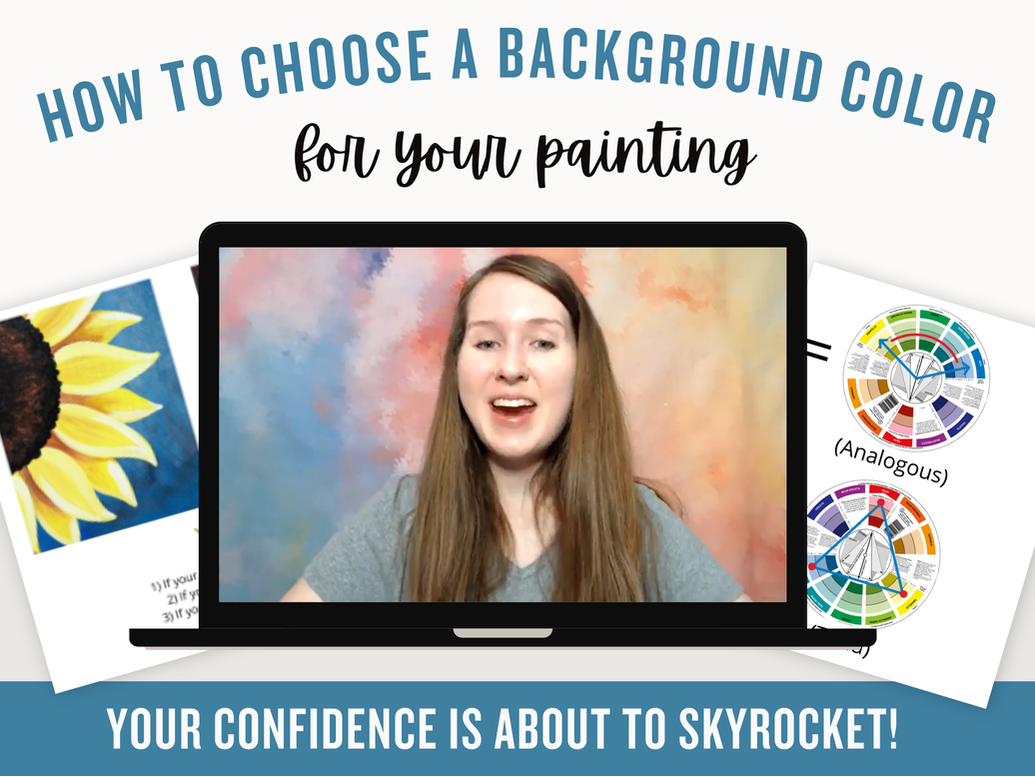
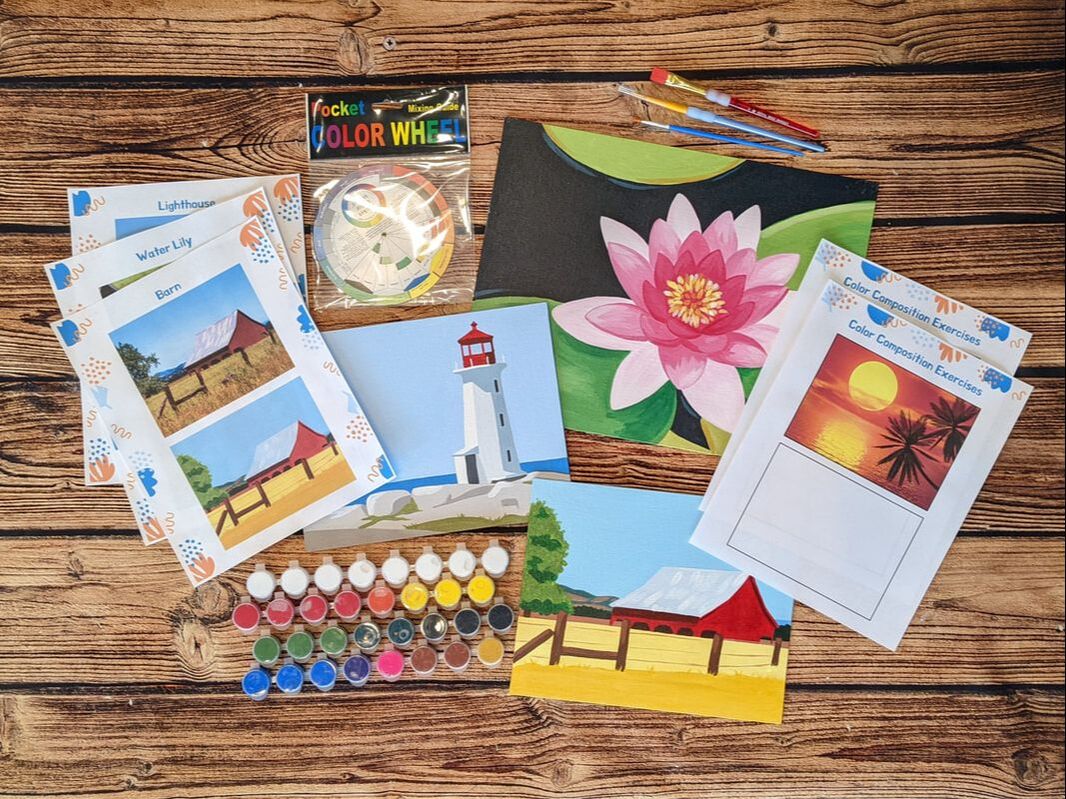
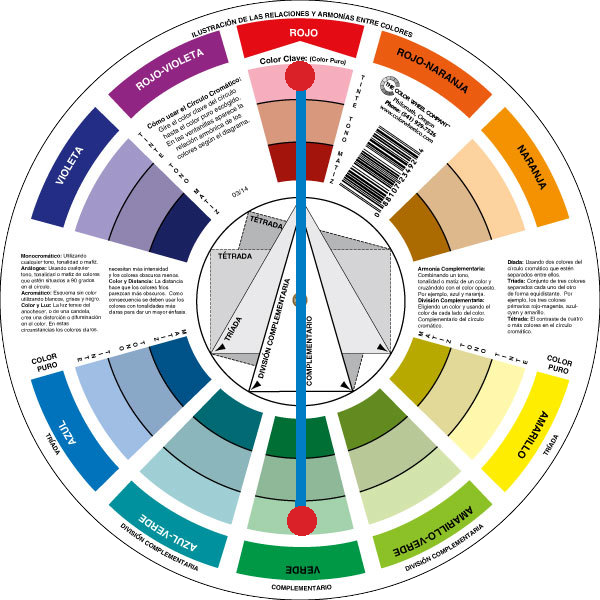
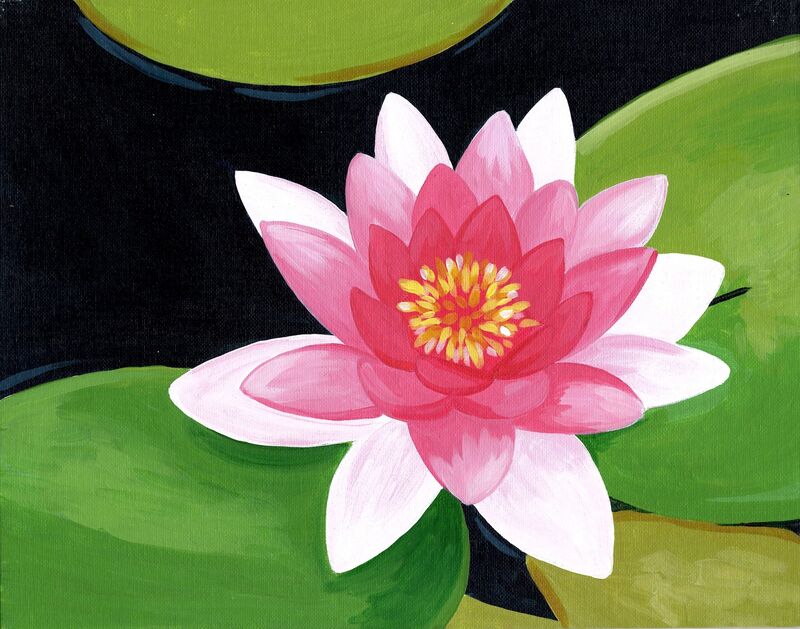
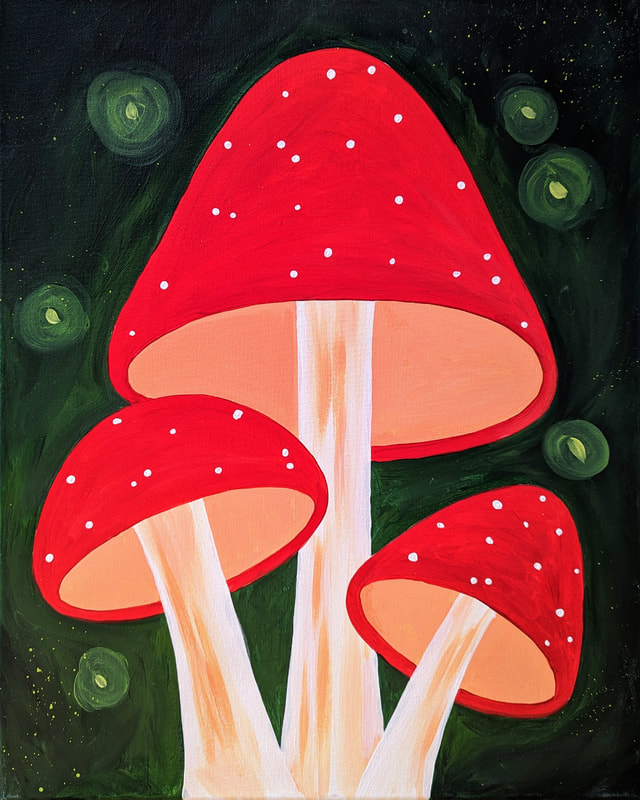
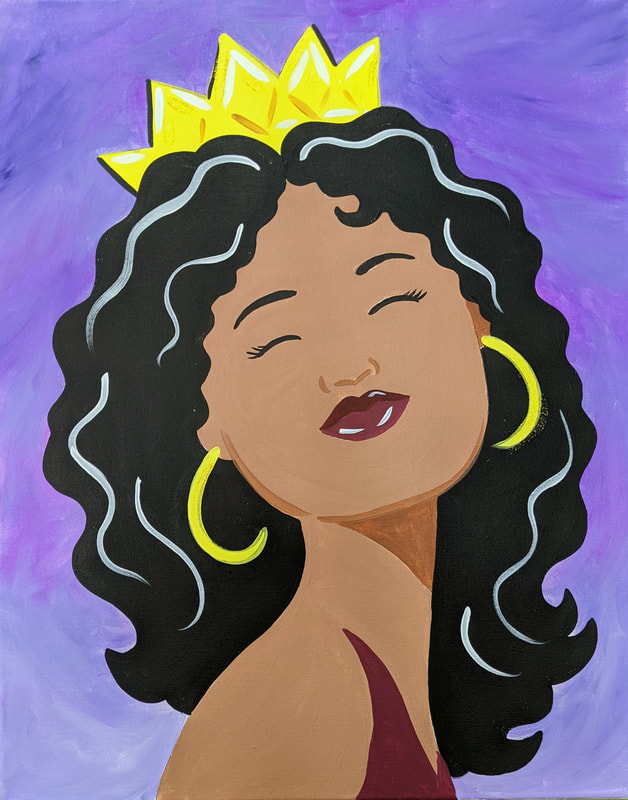

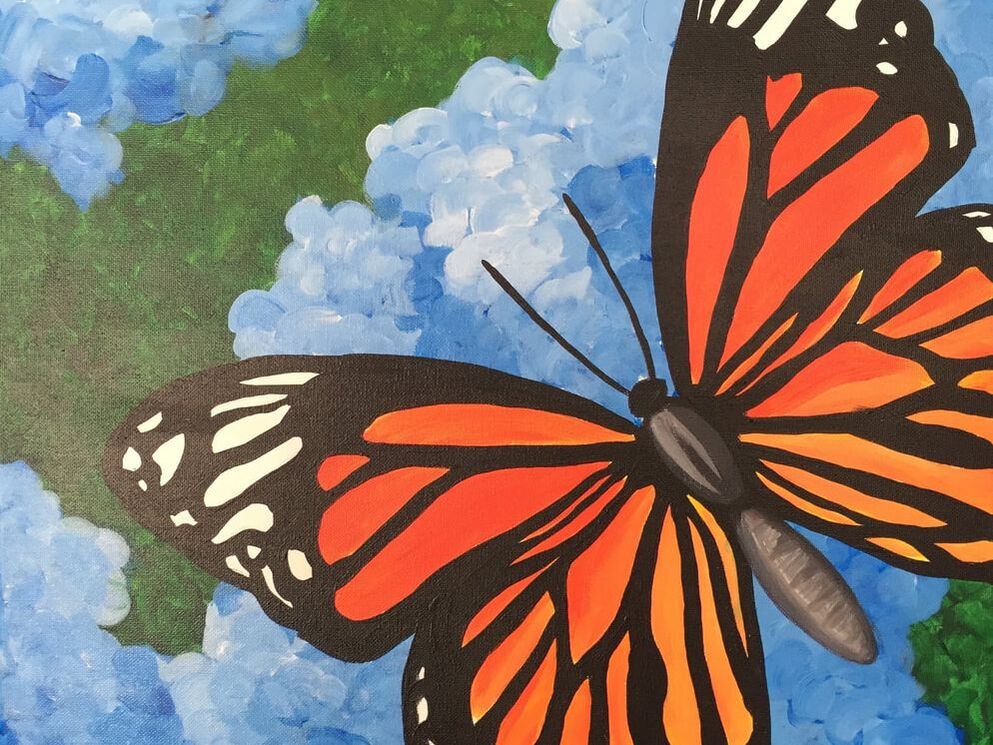
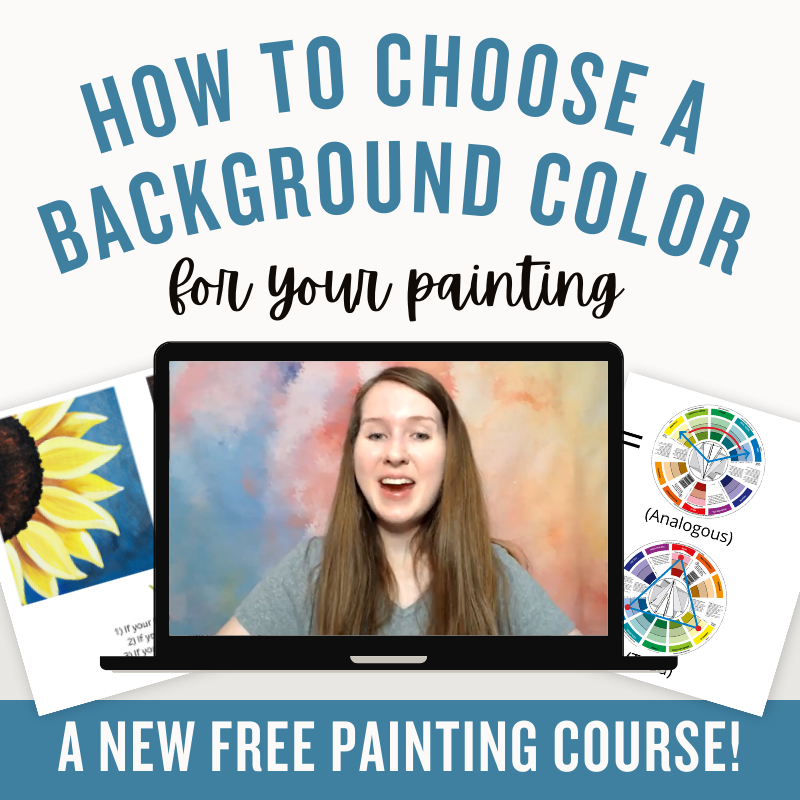

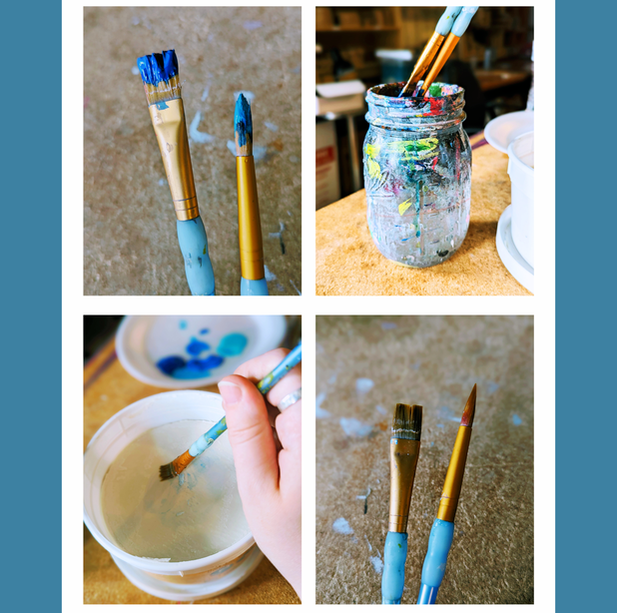

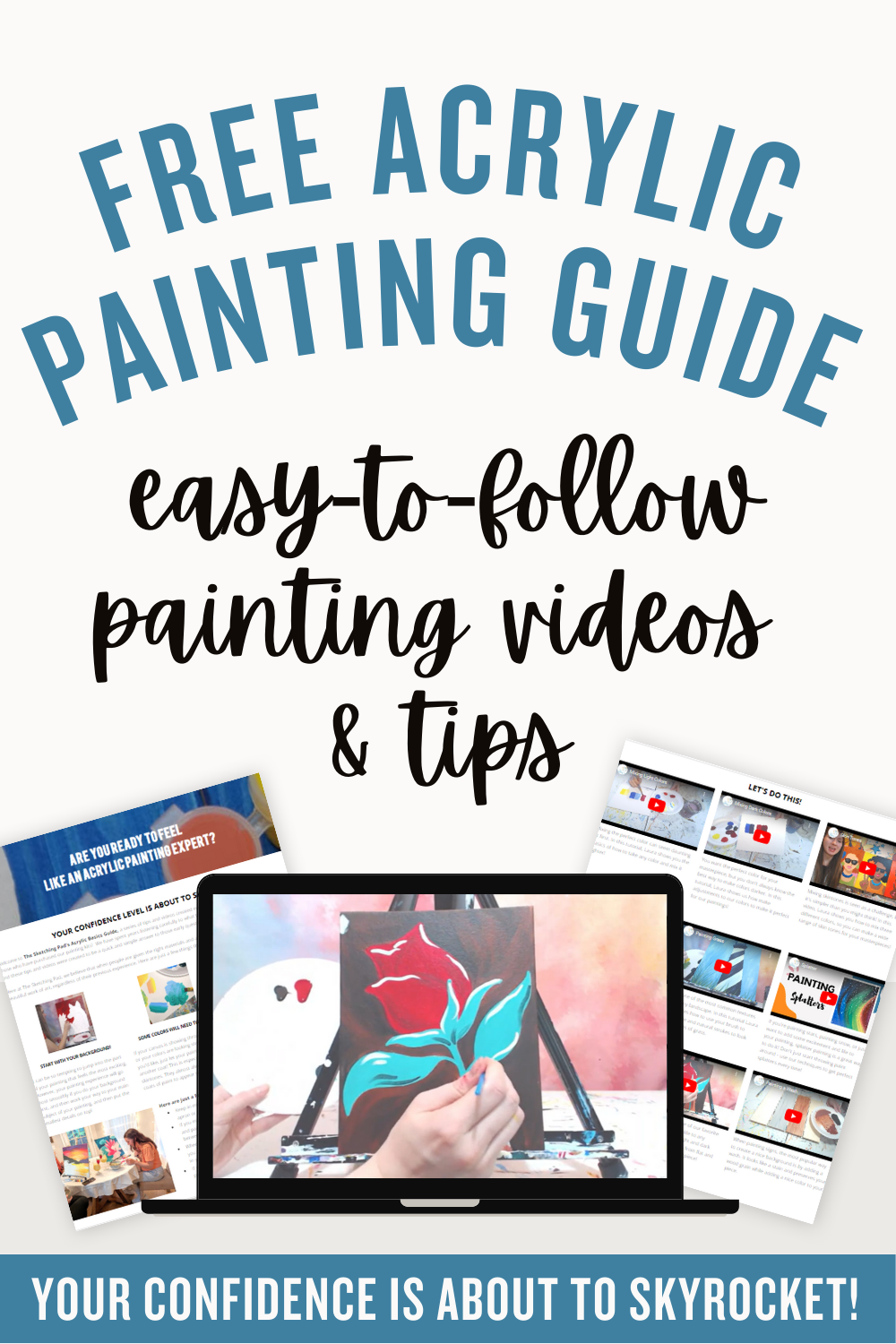



 RSS Feed
RSS Feed